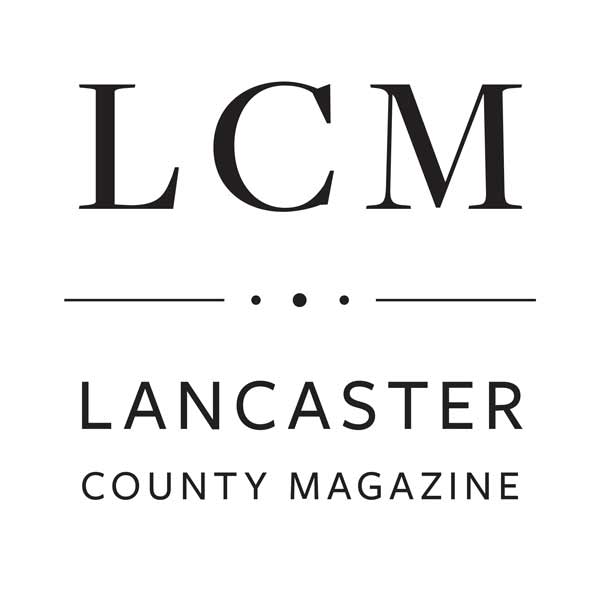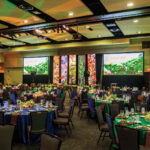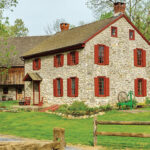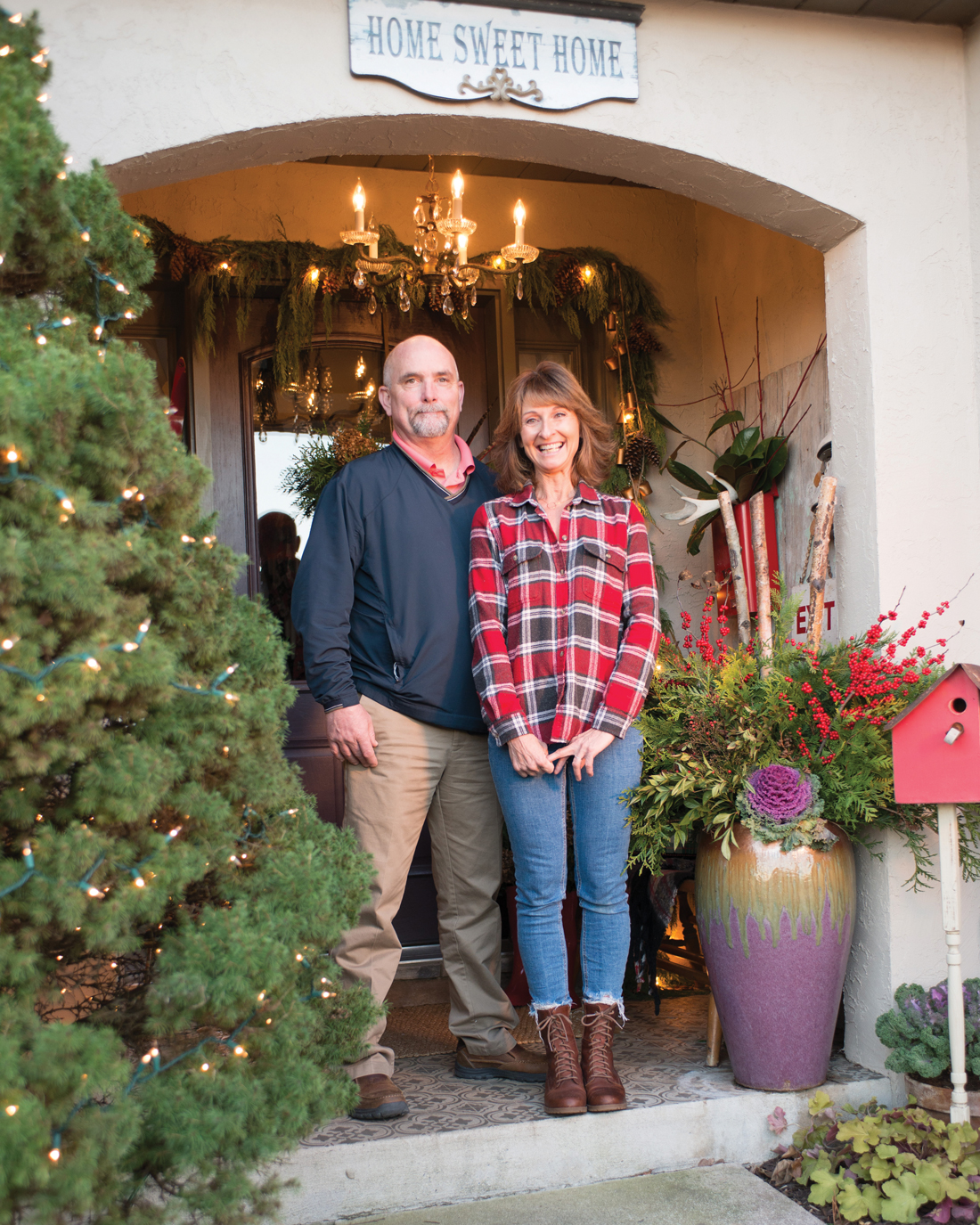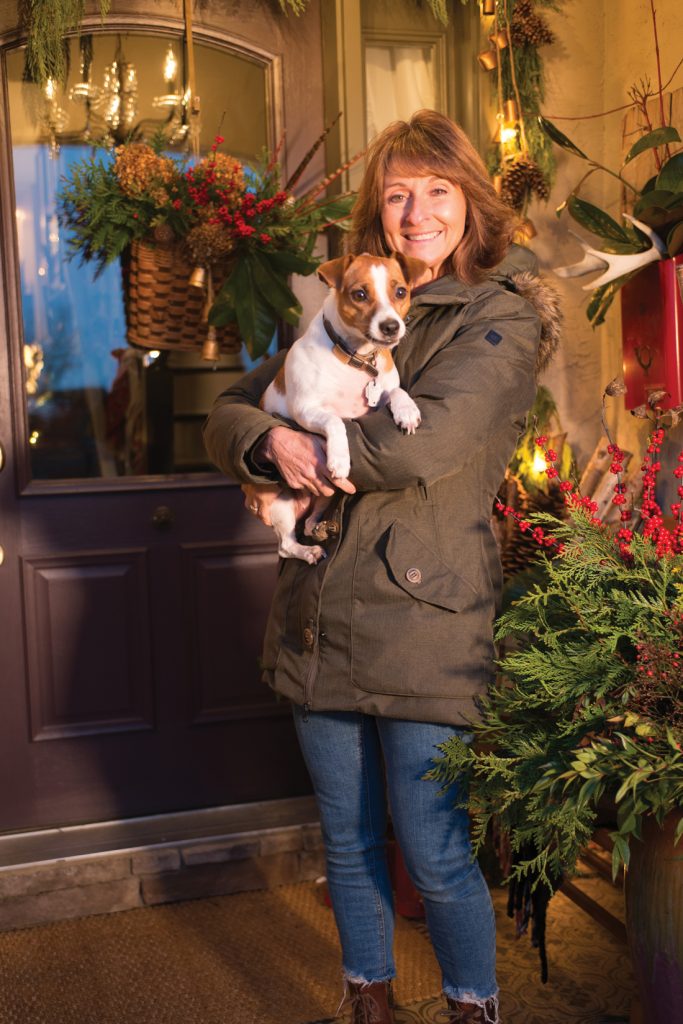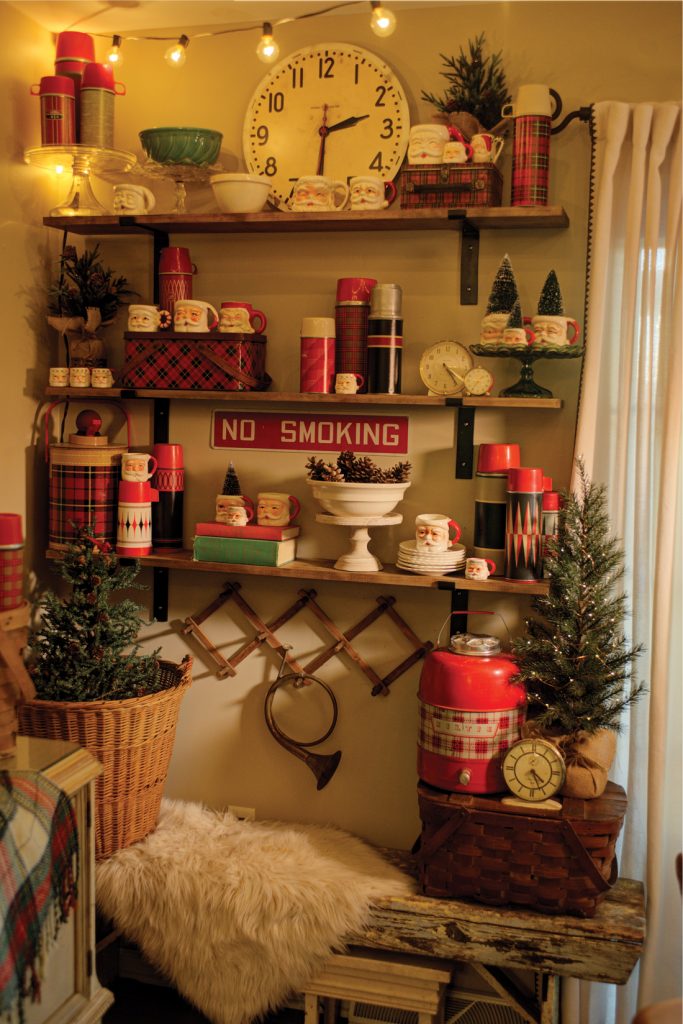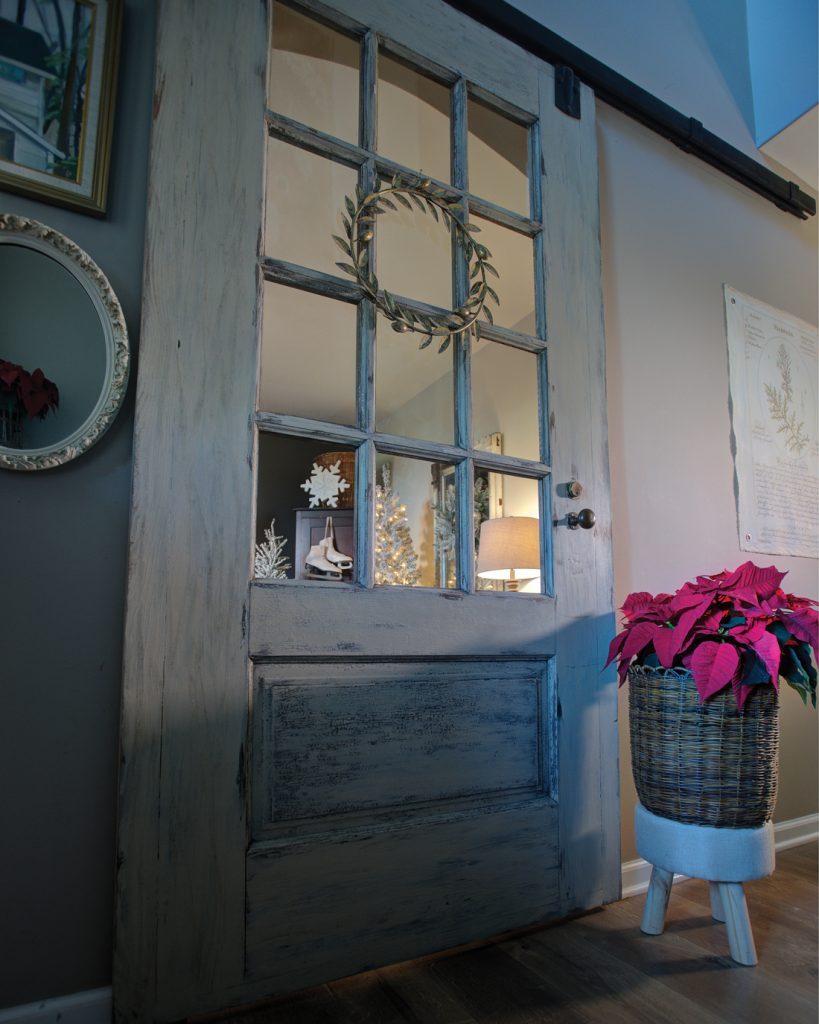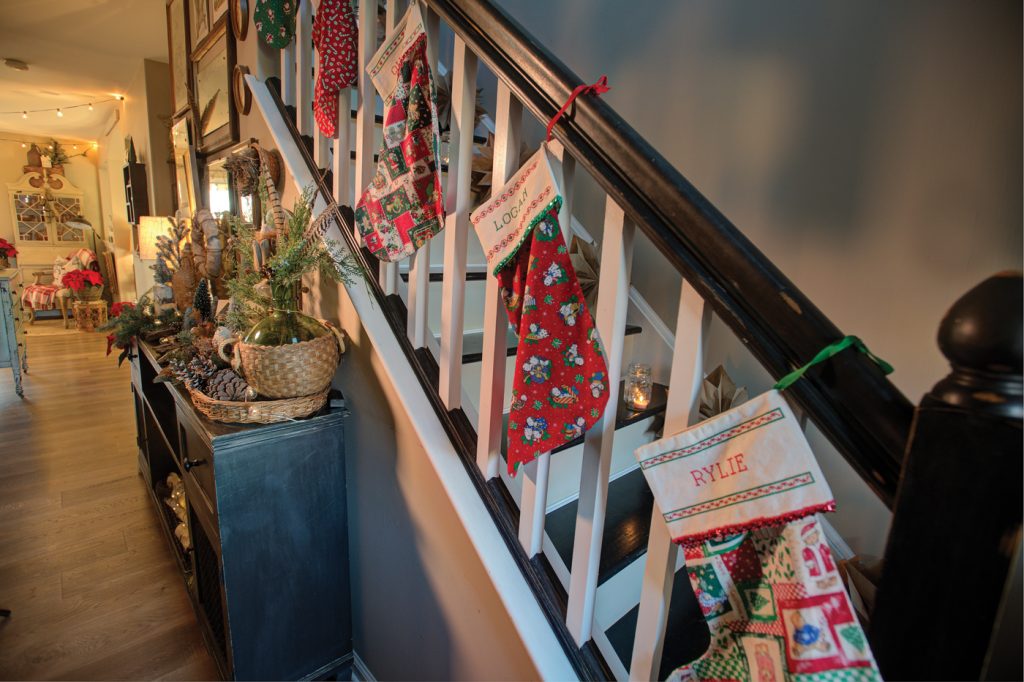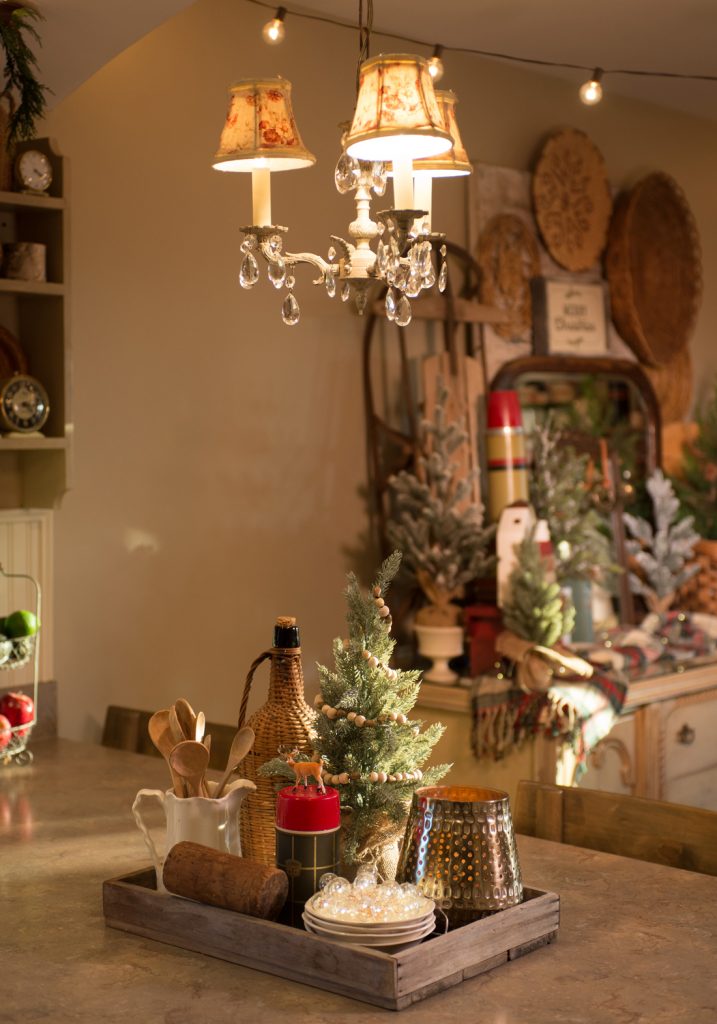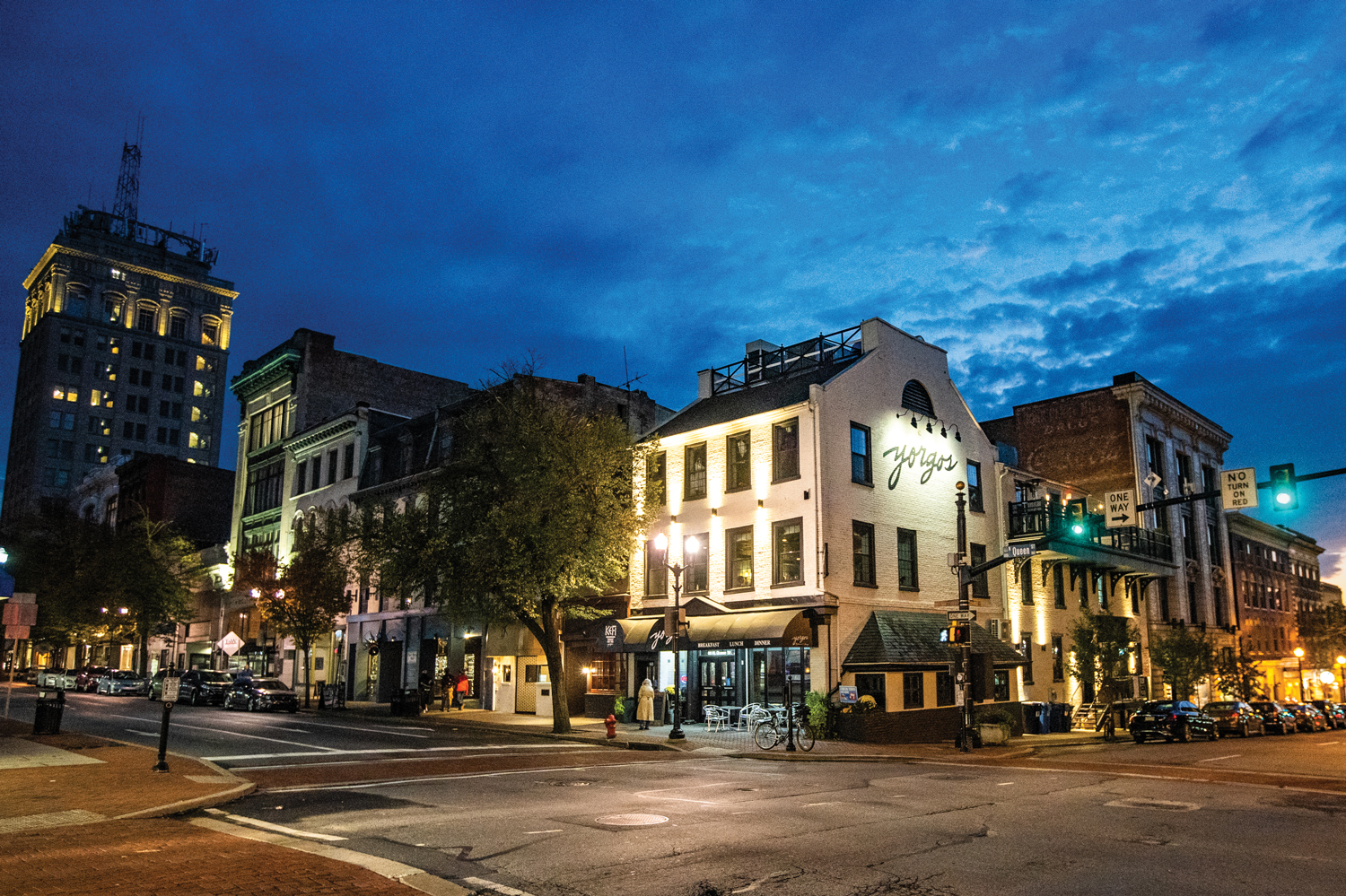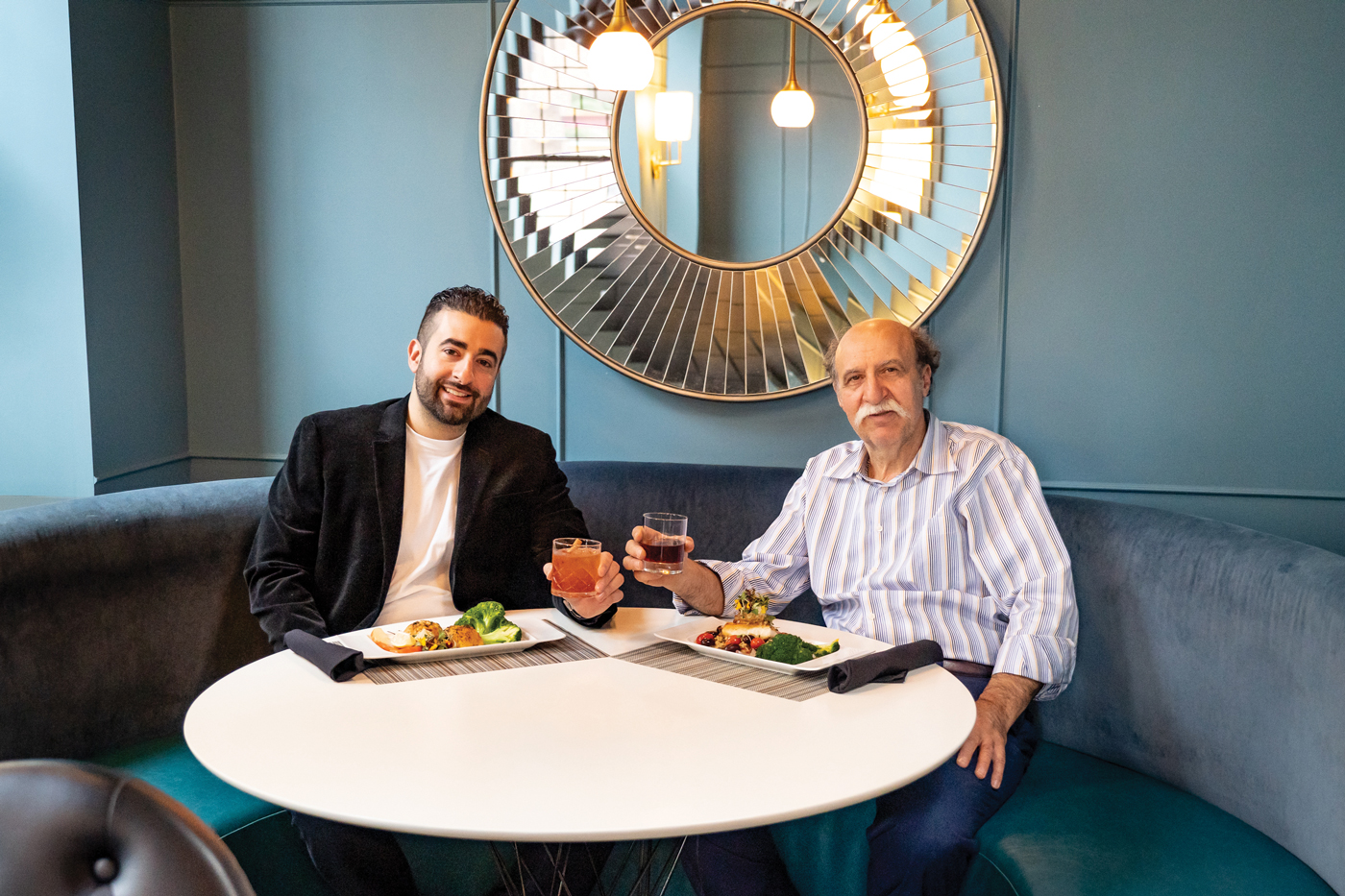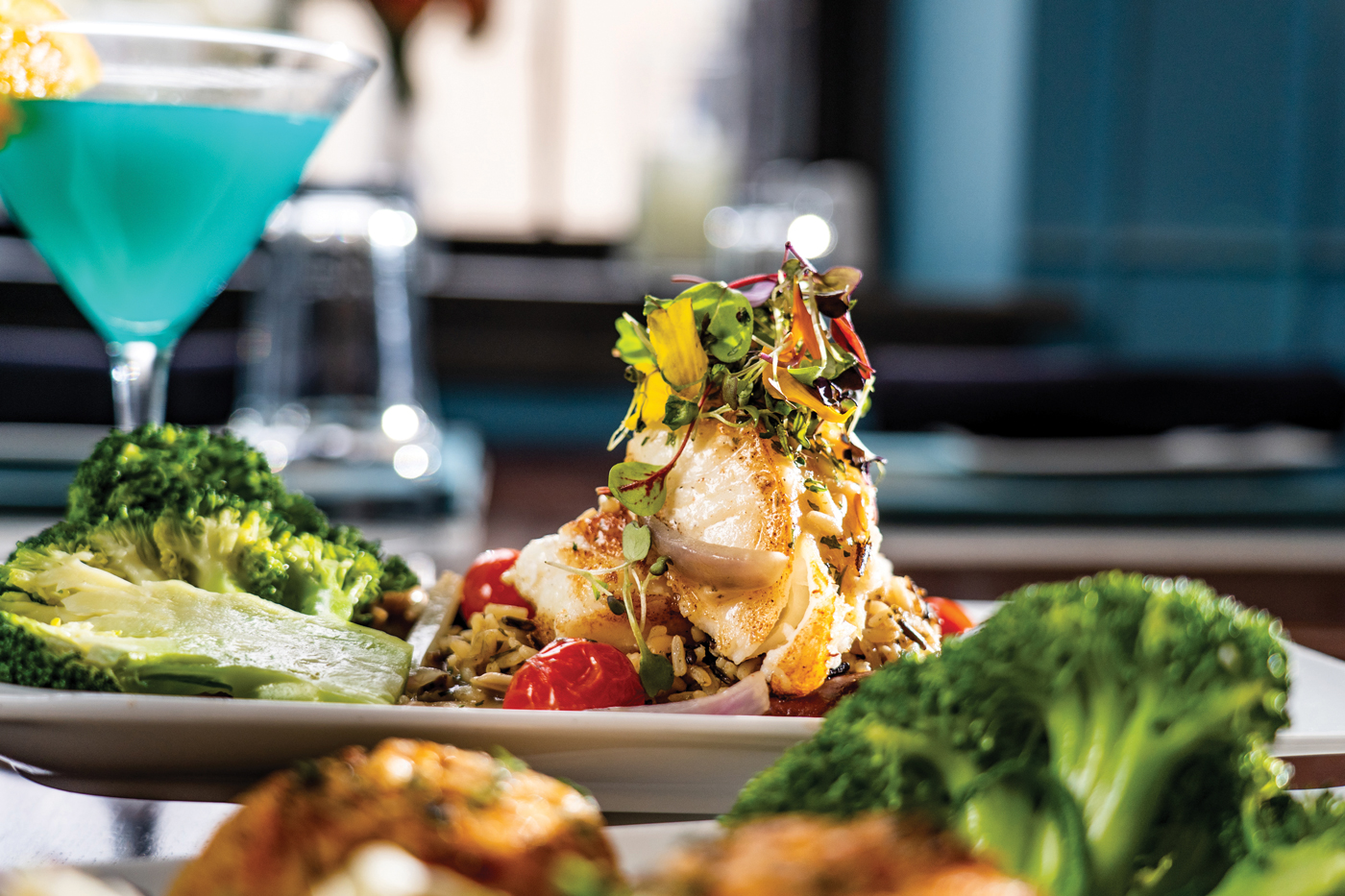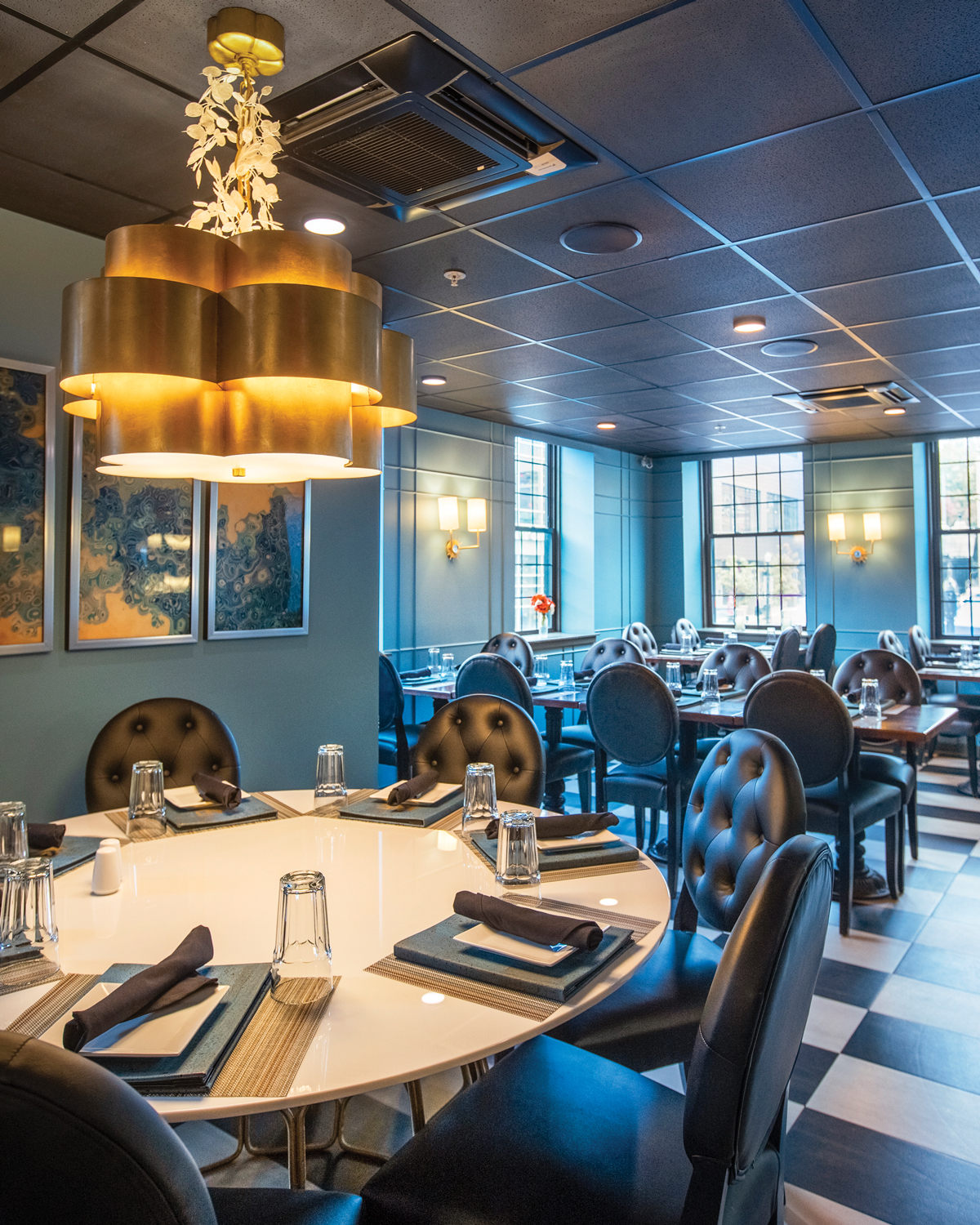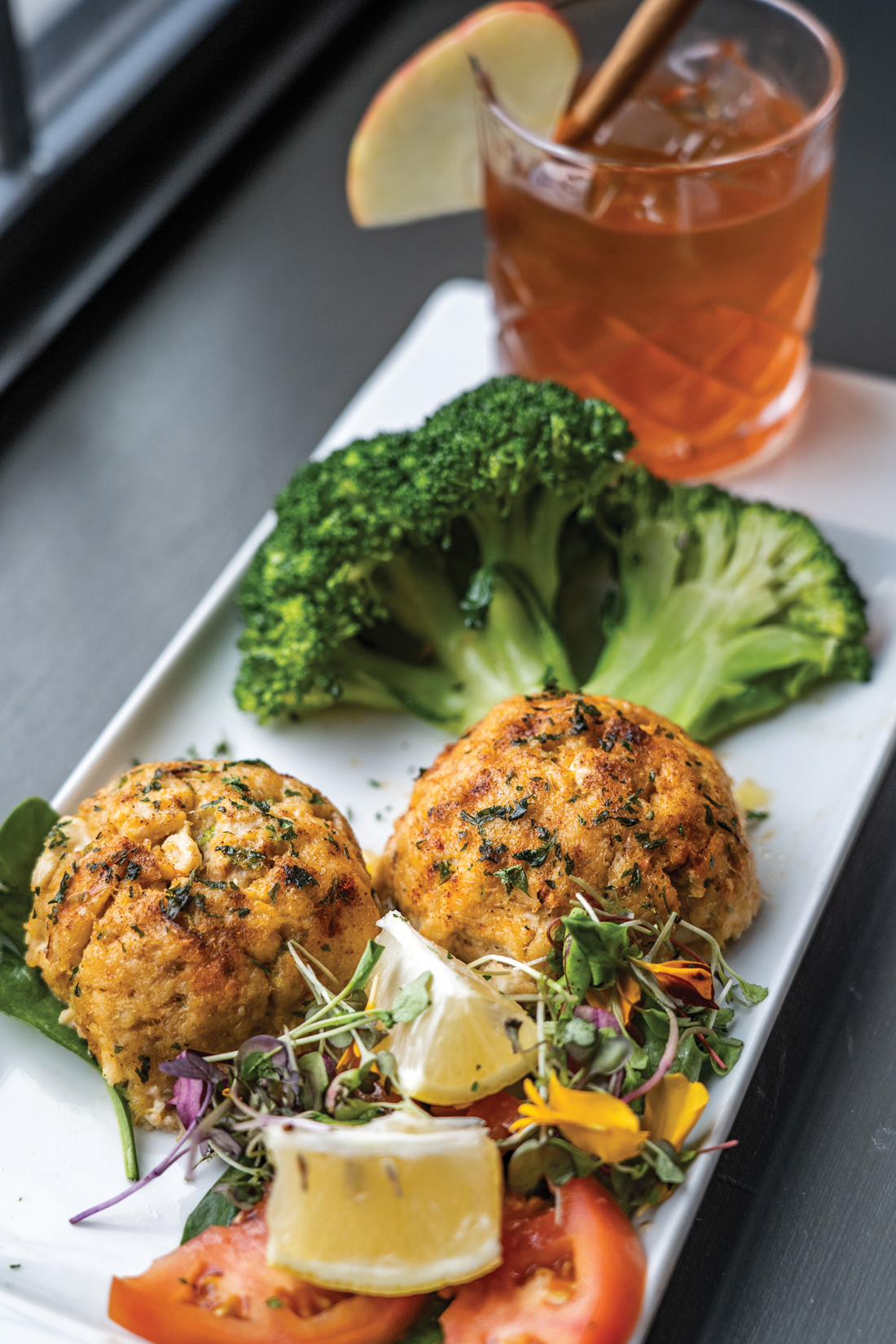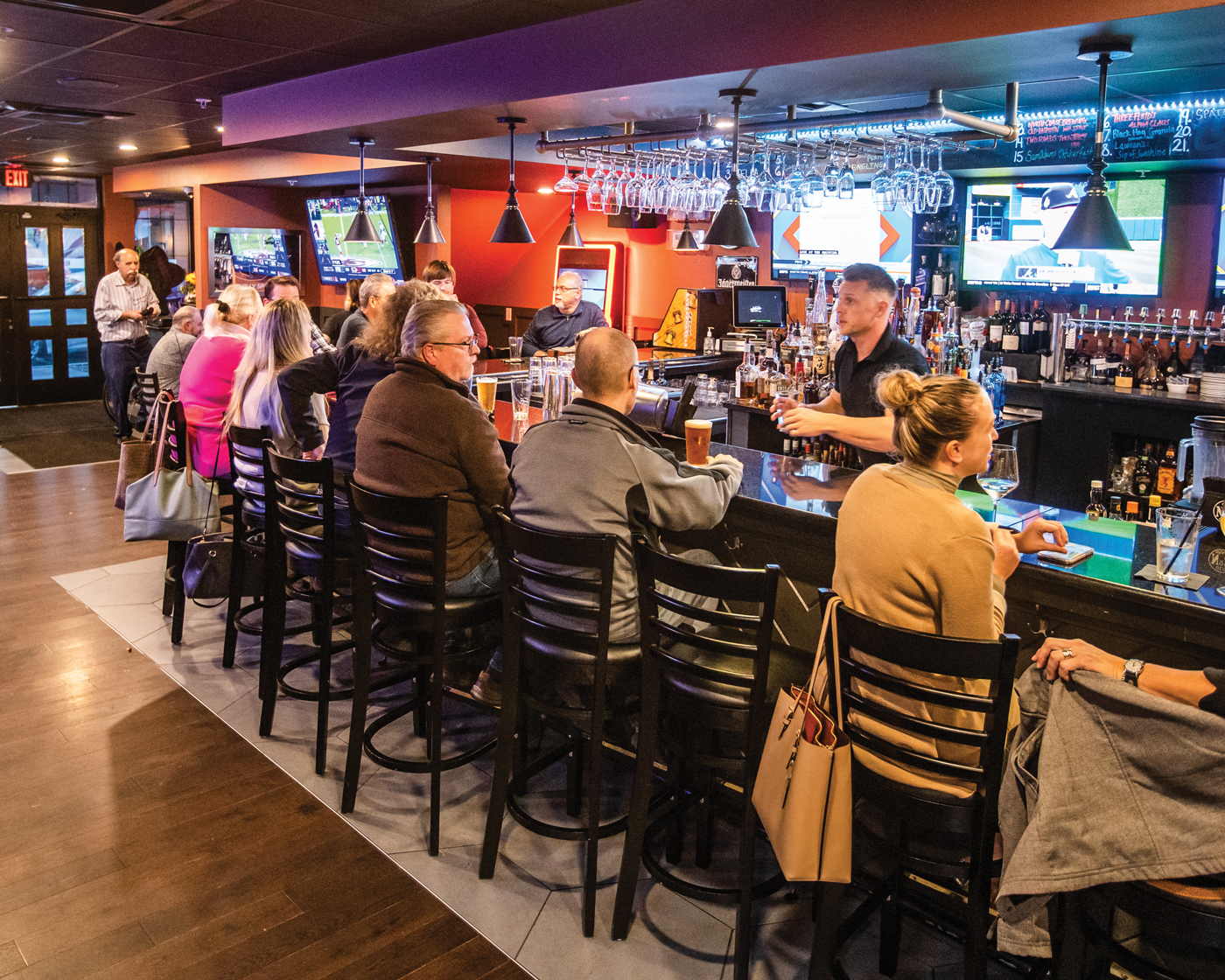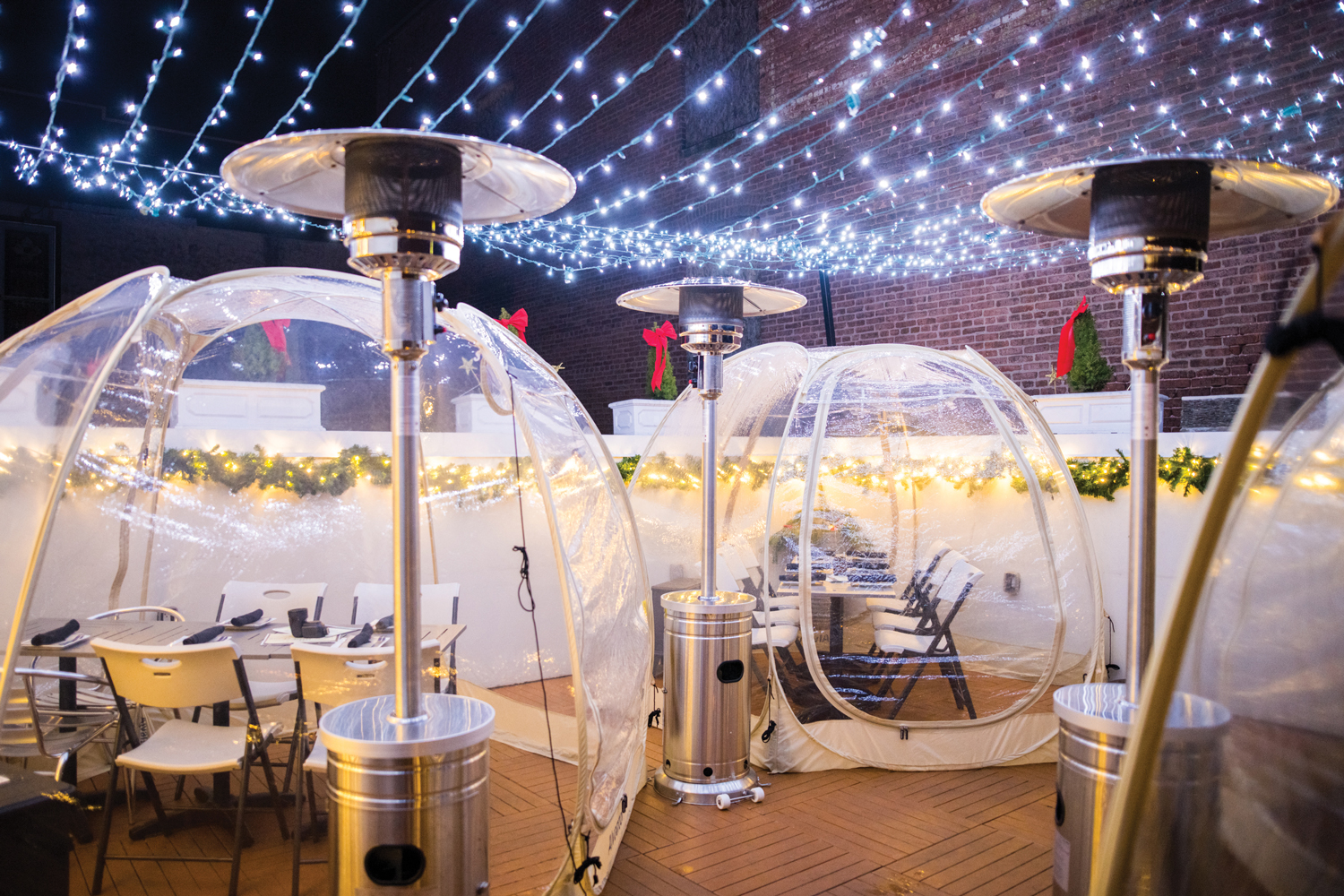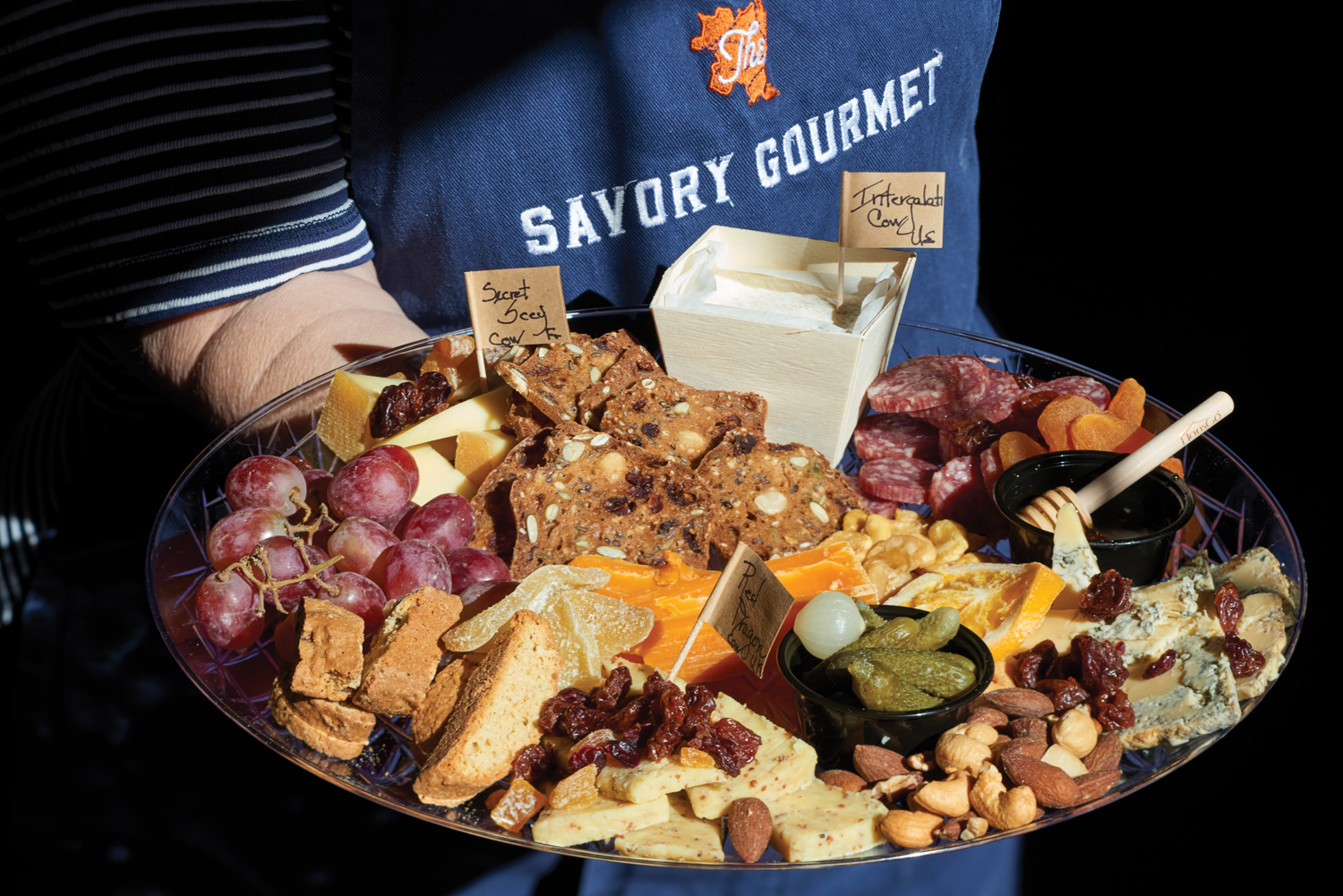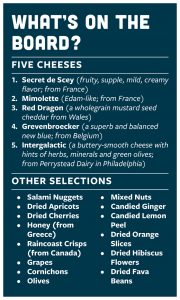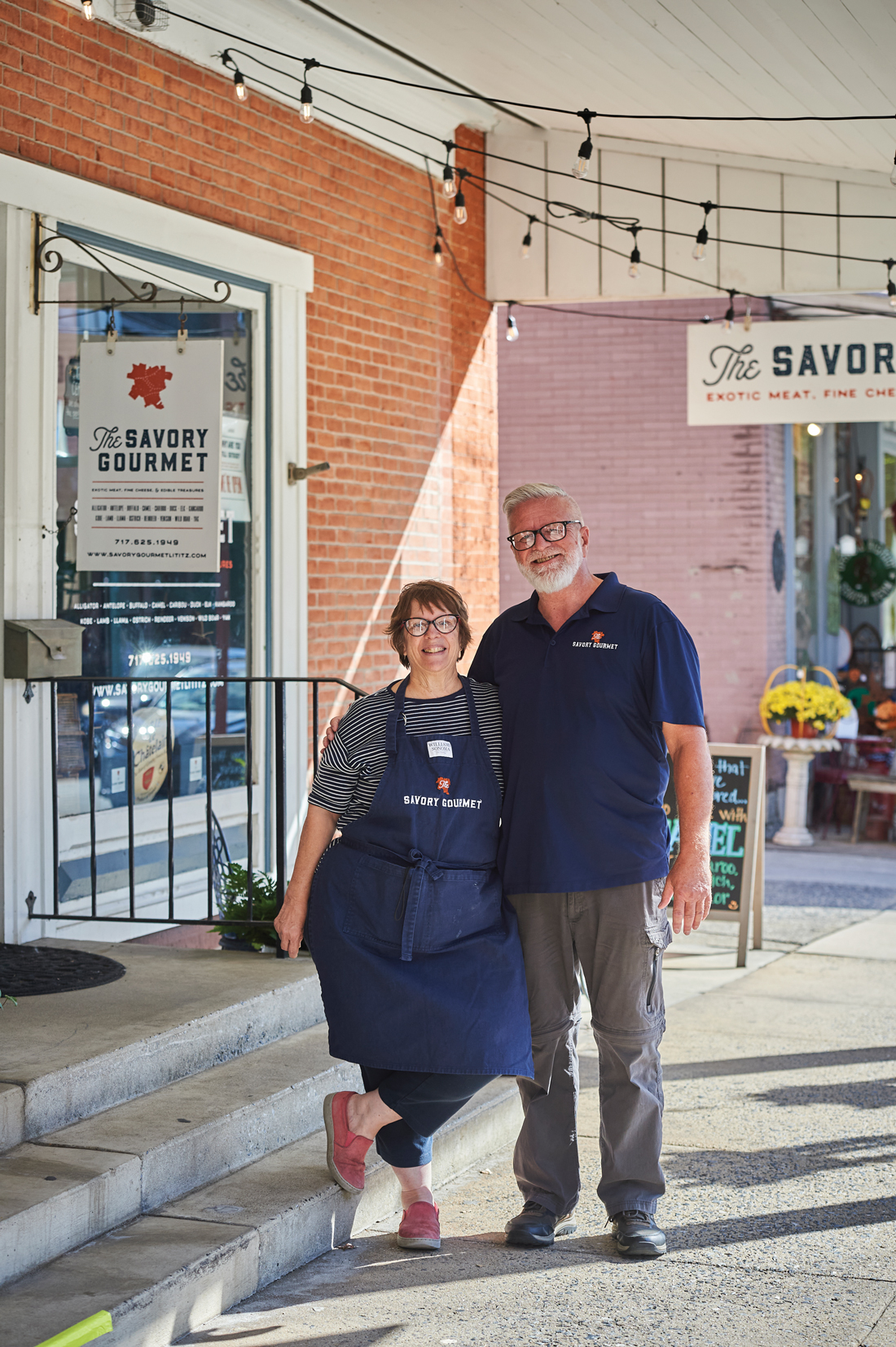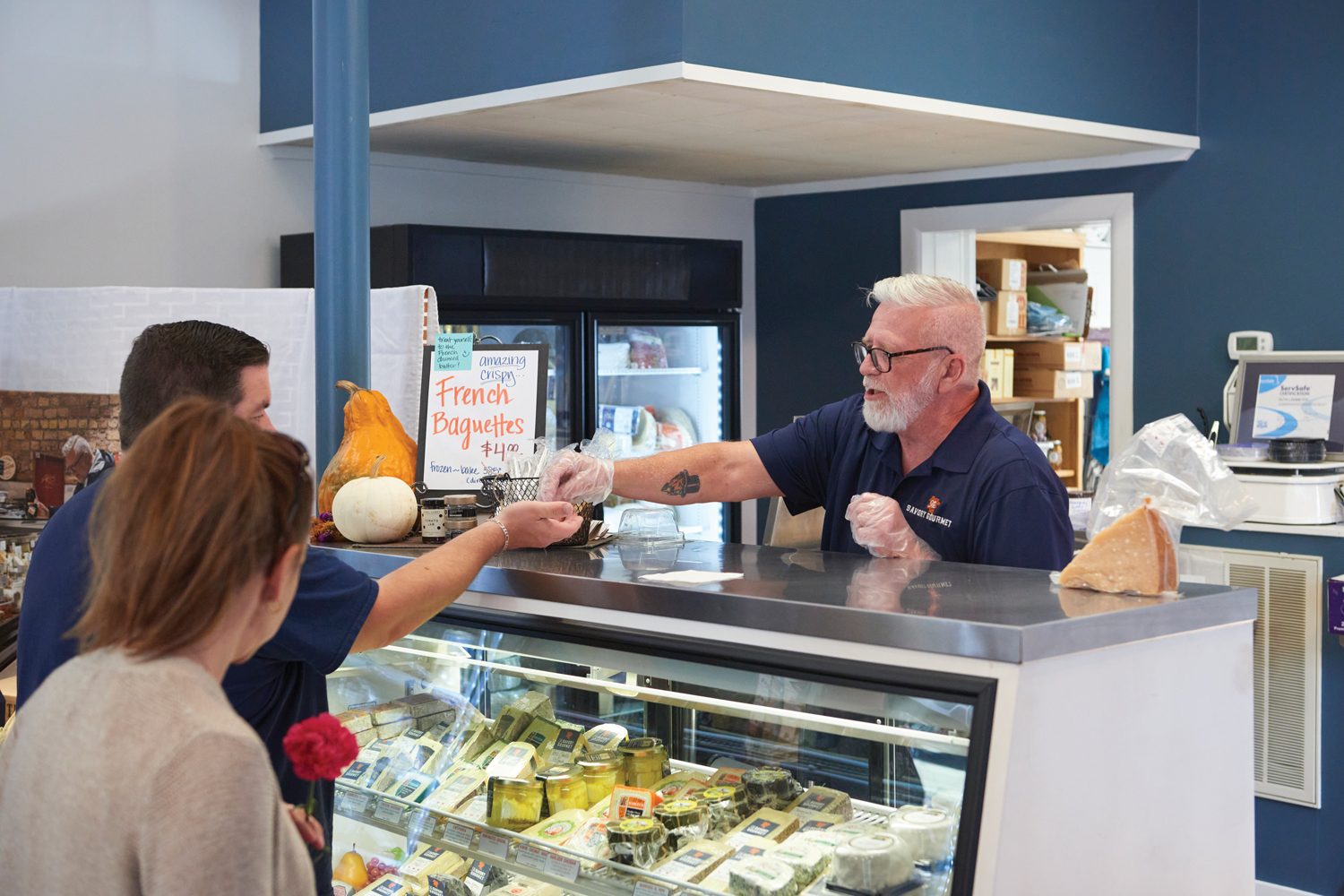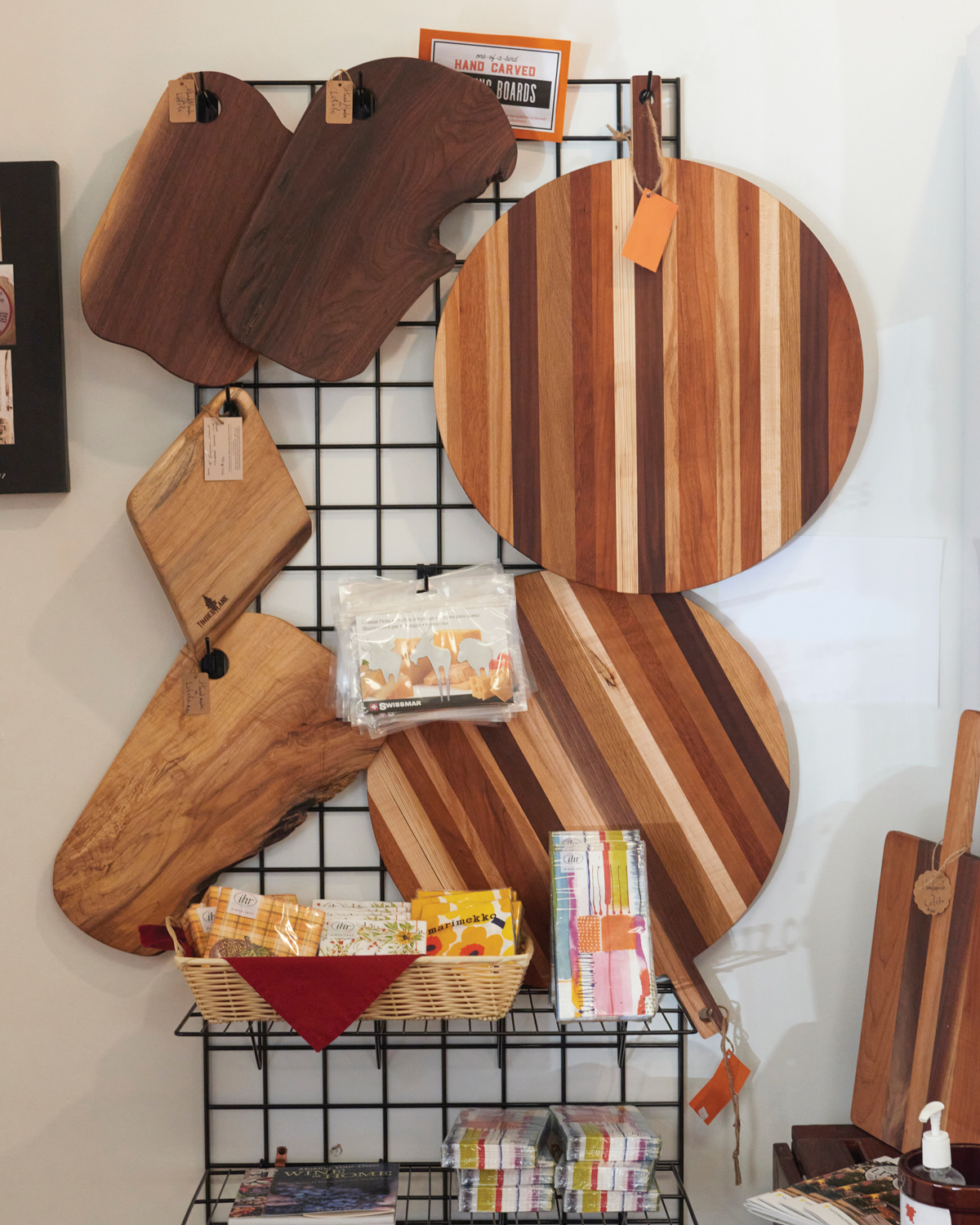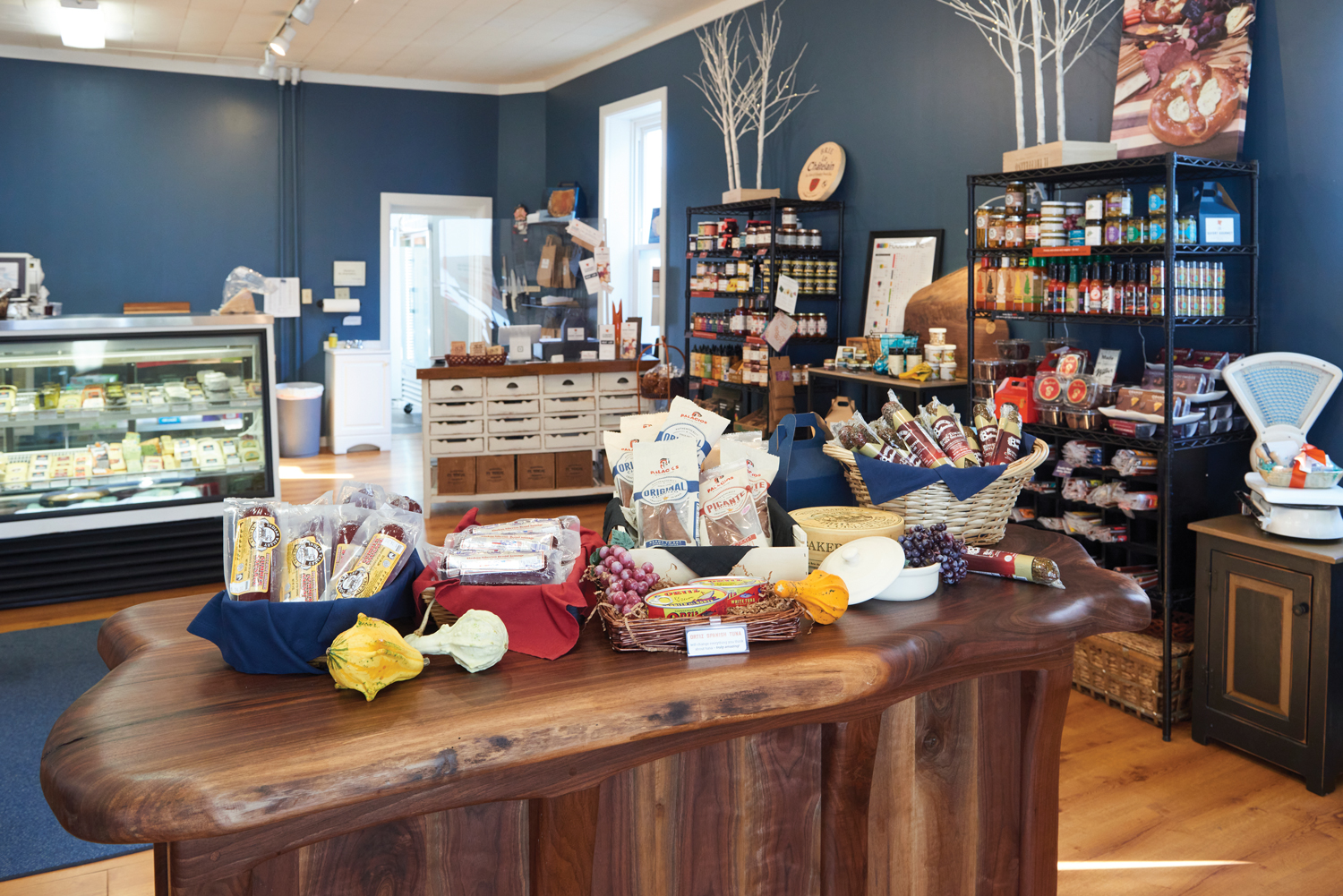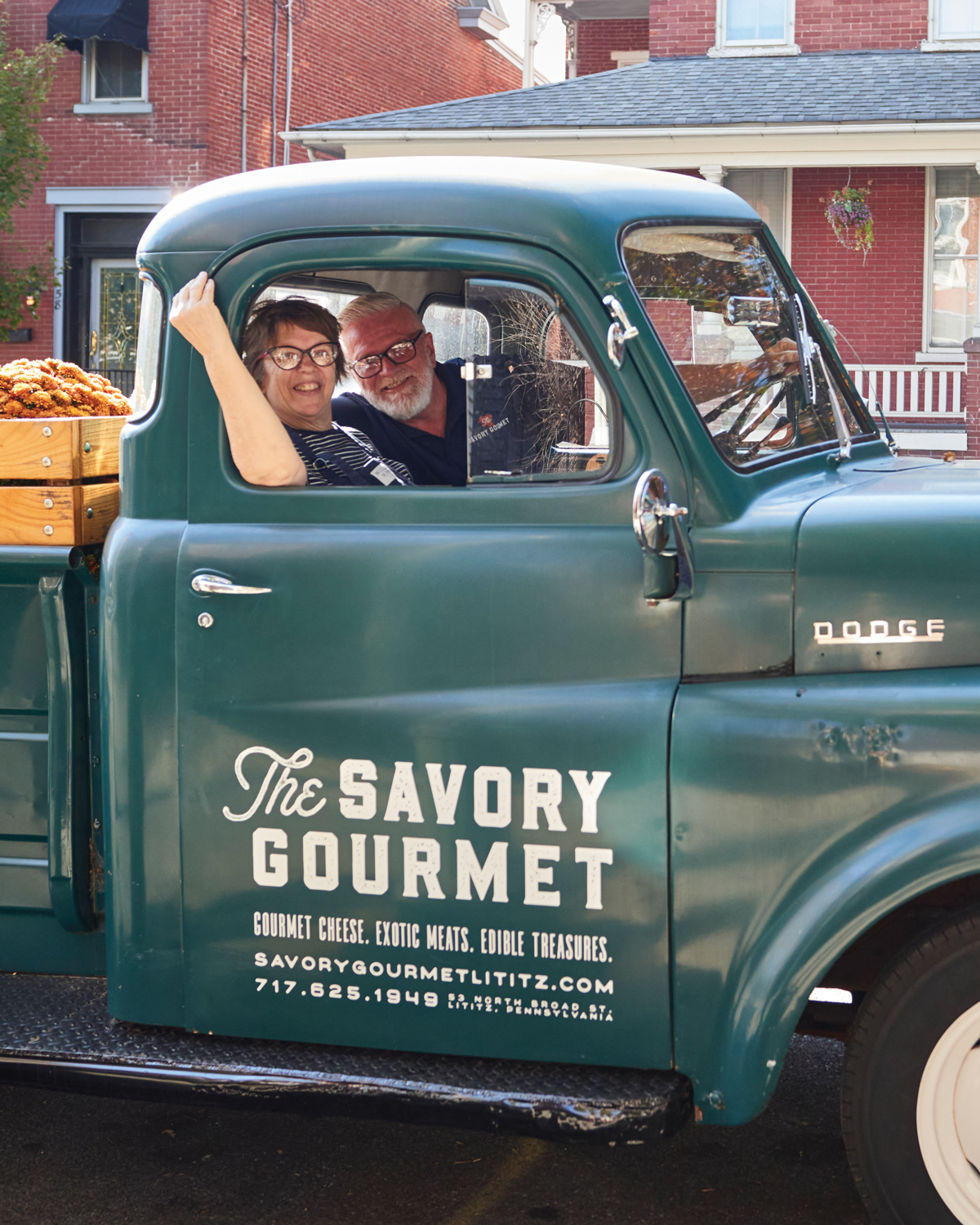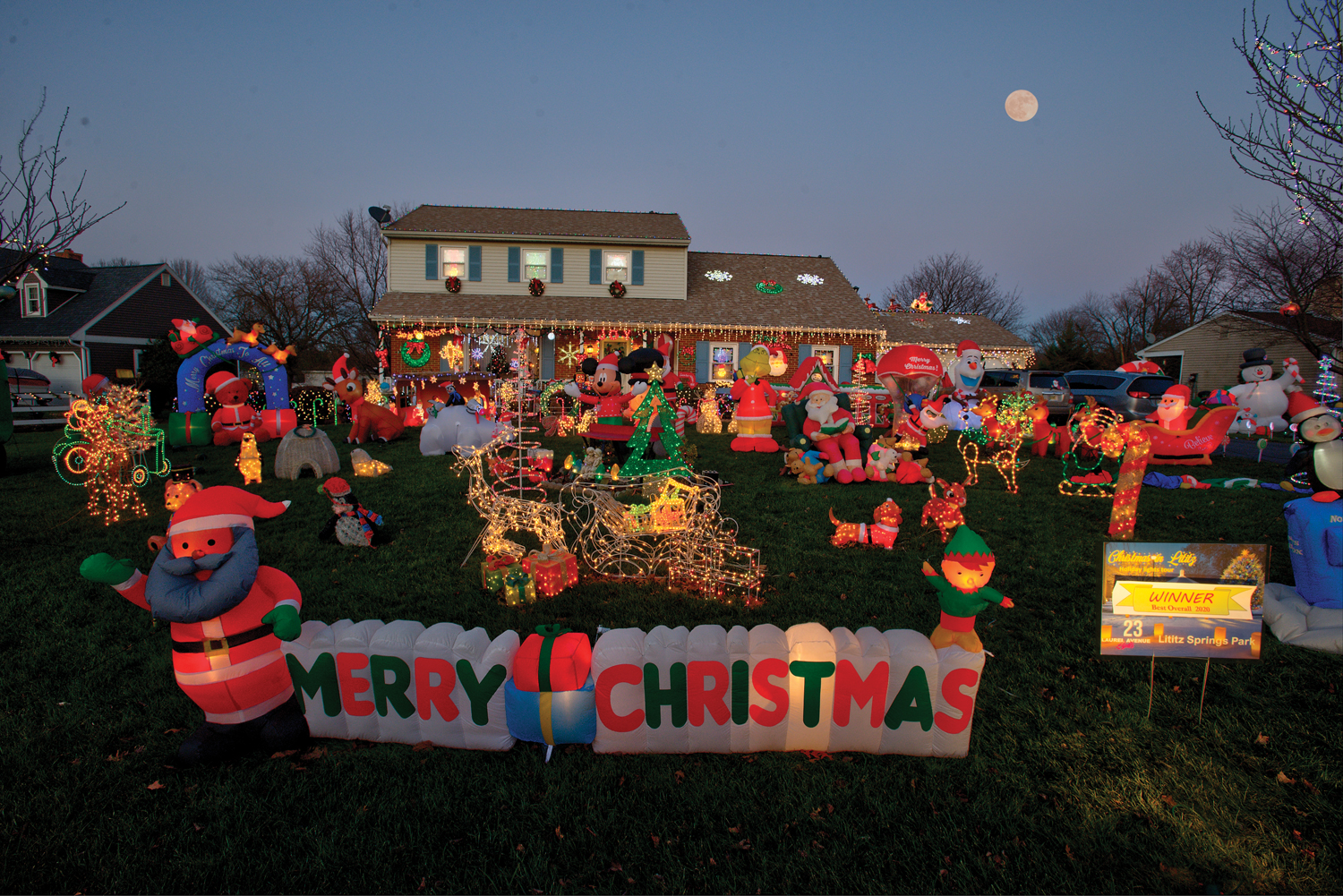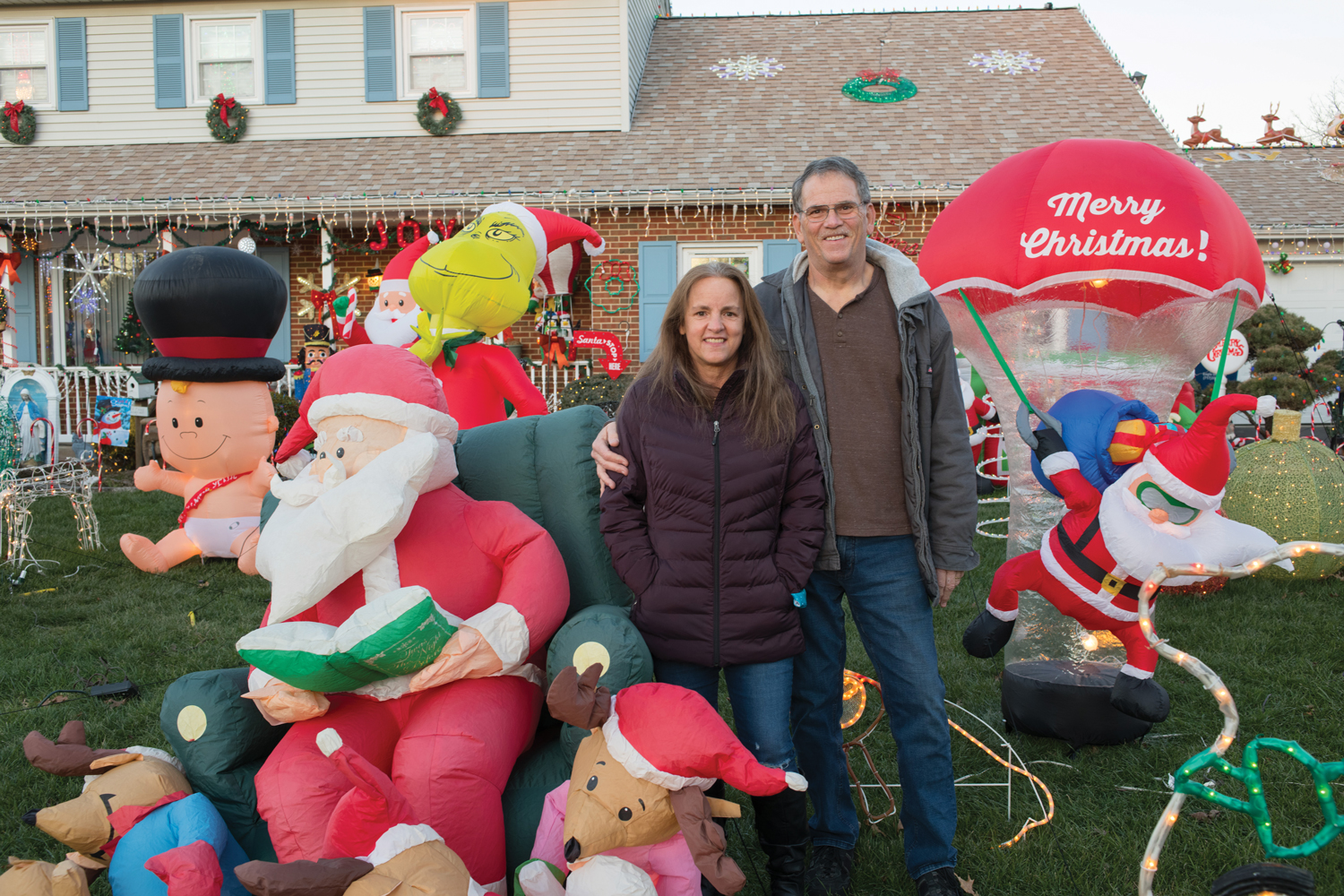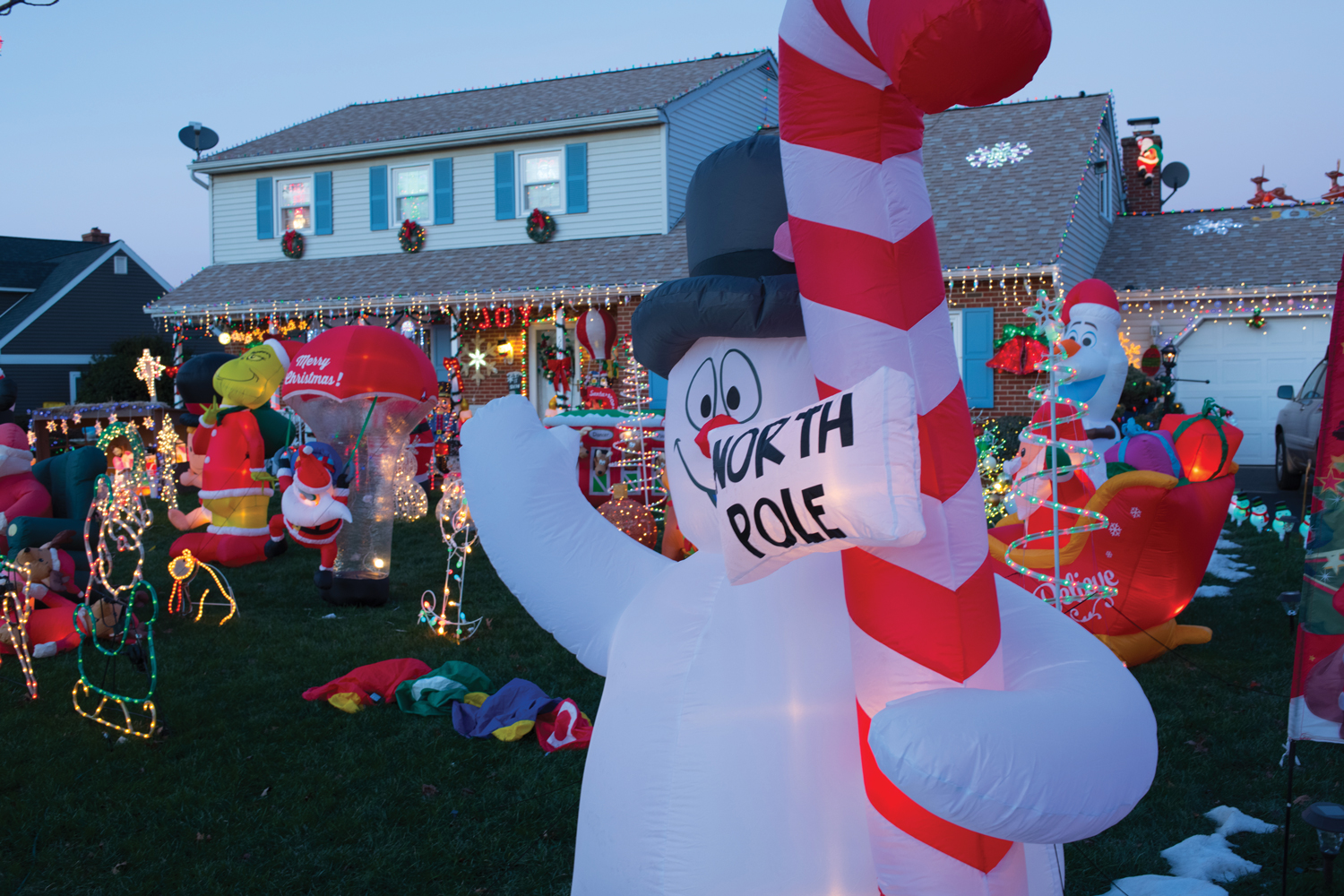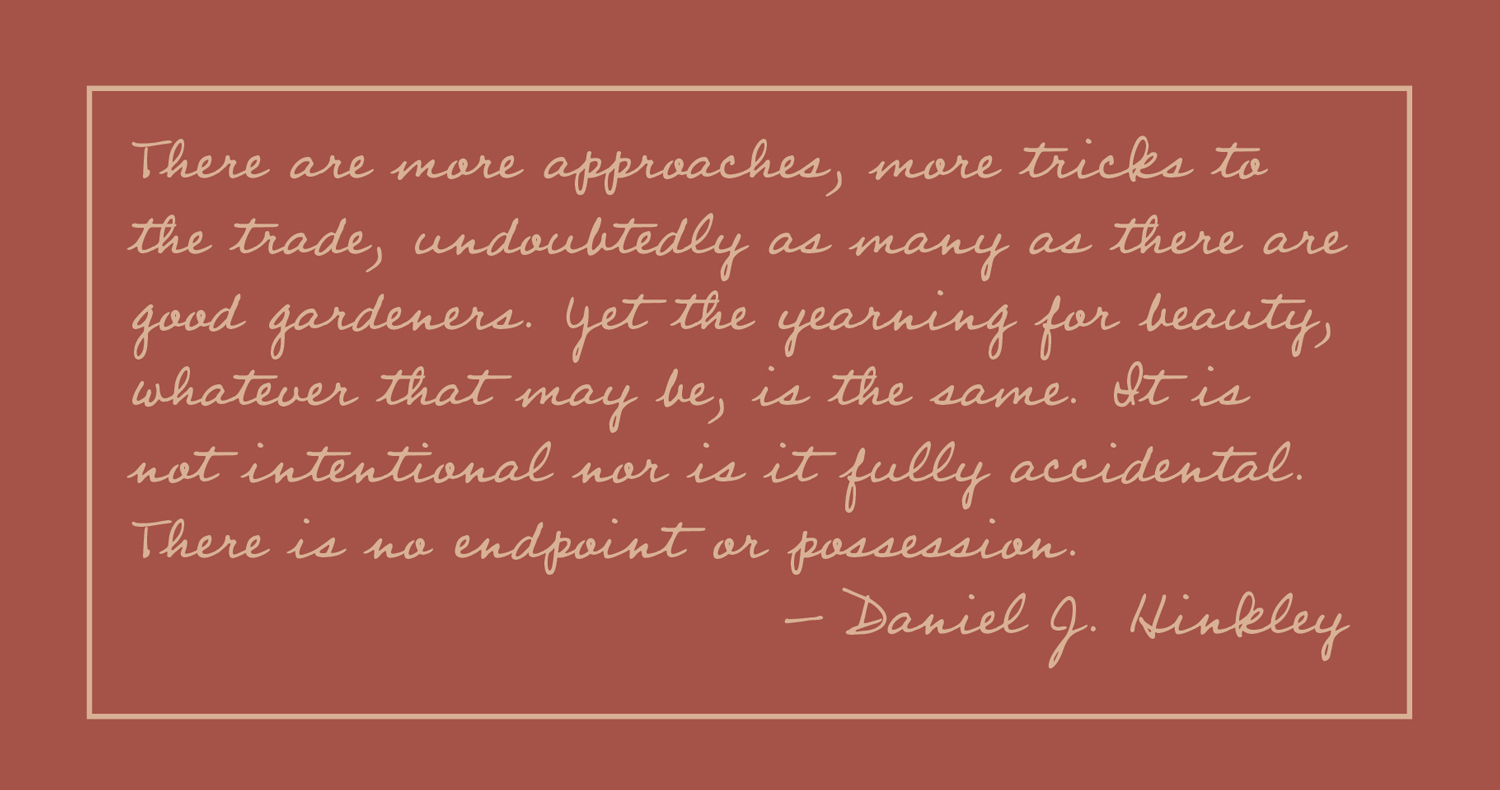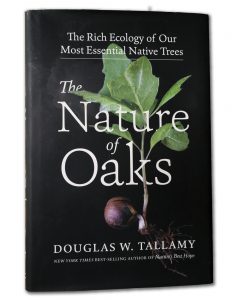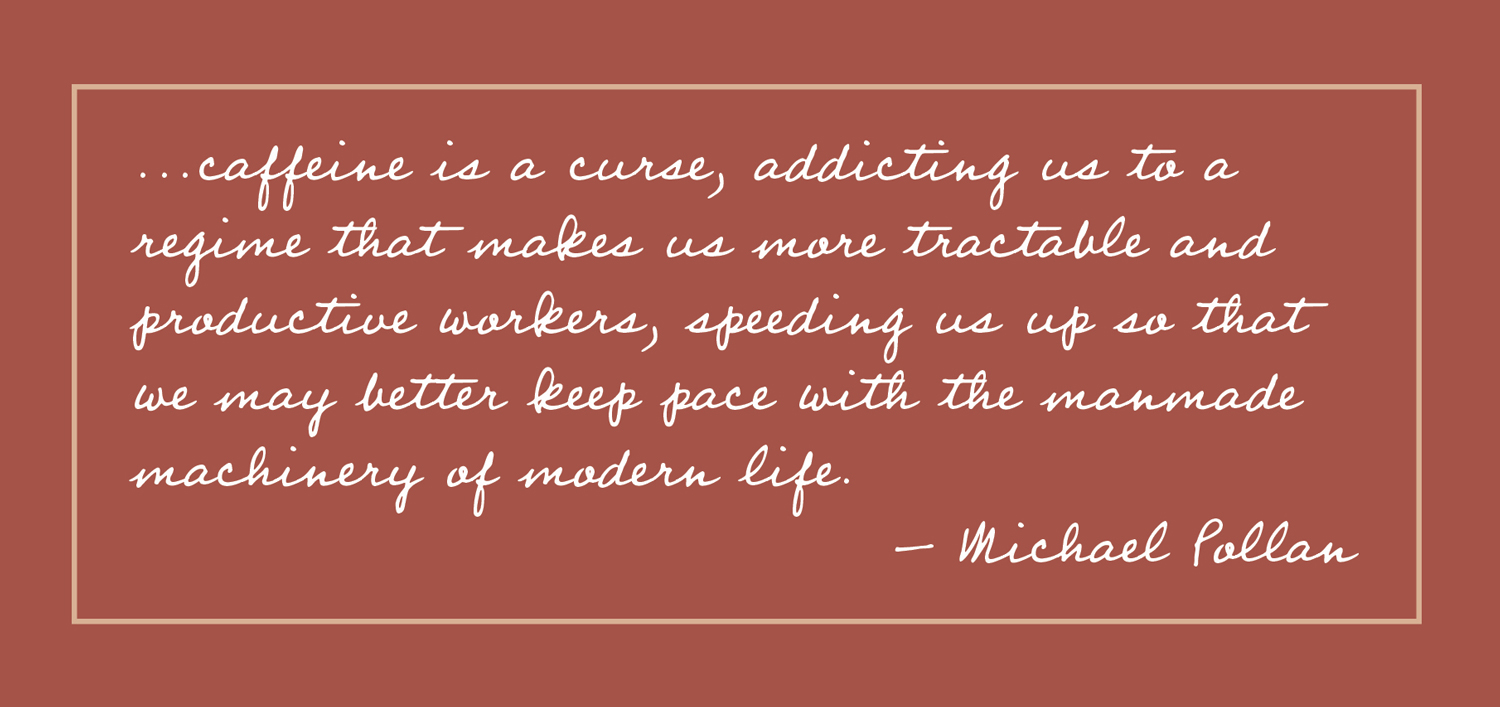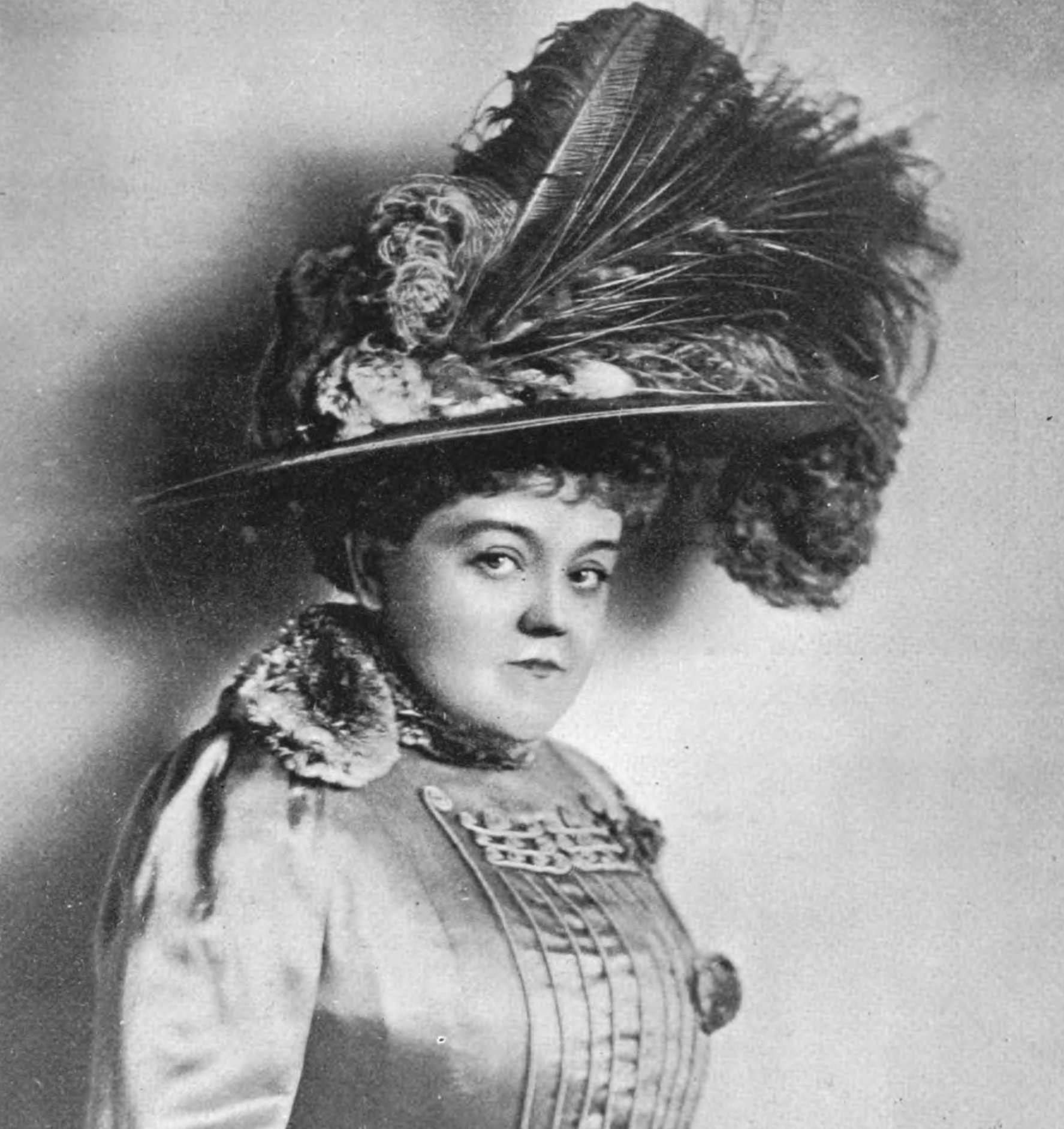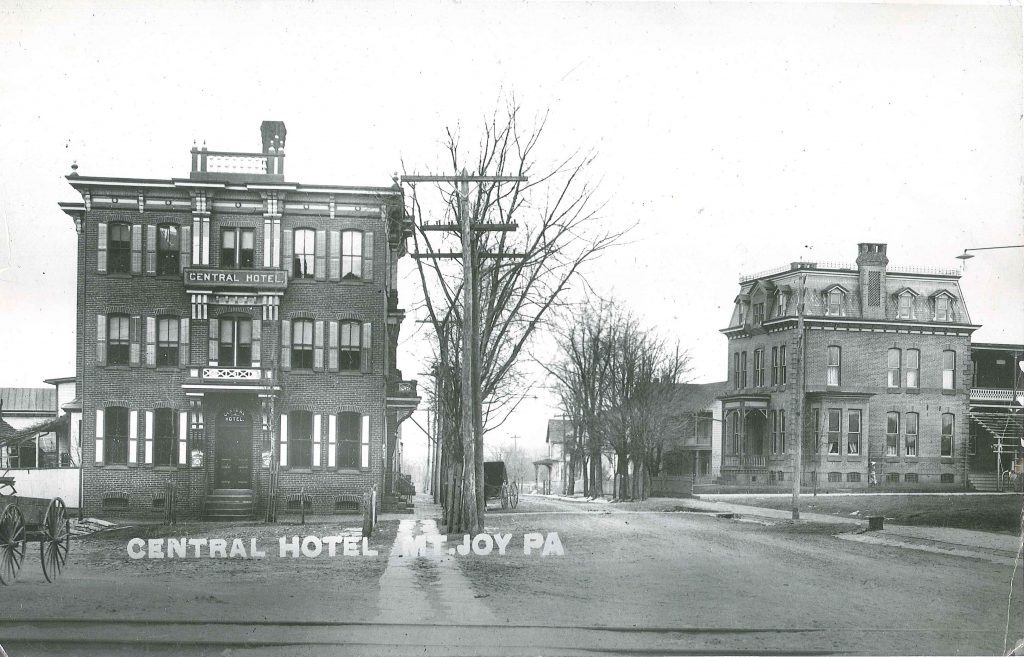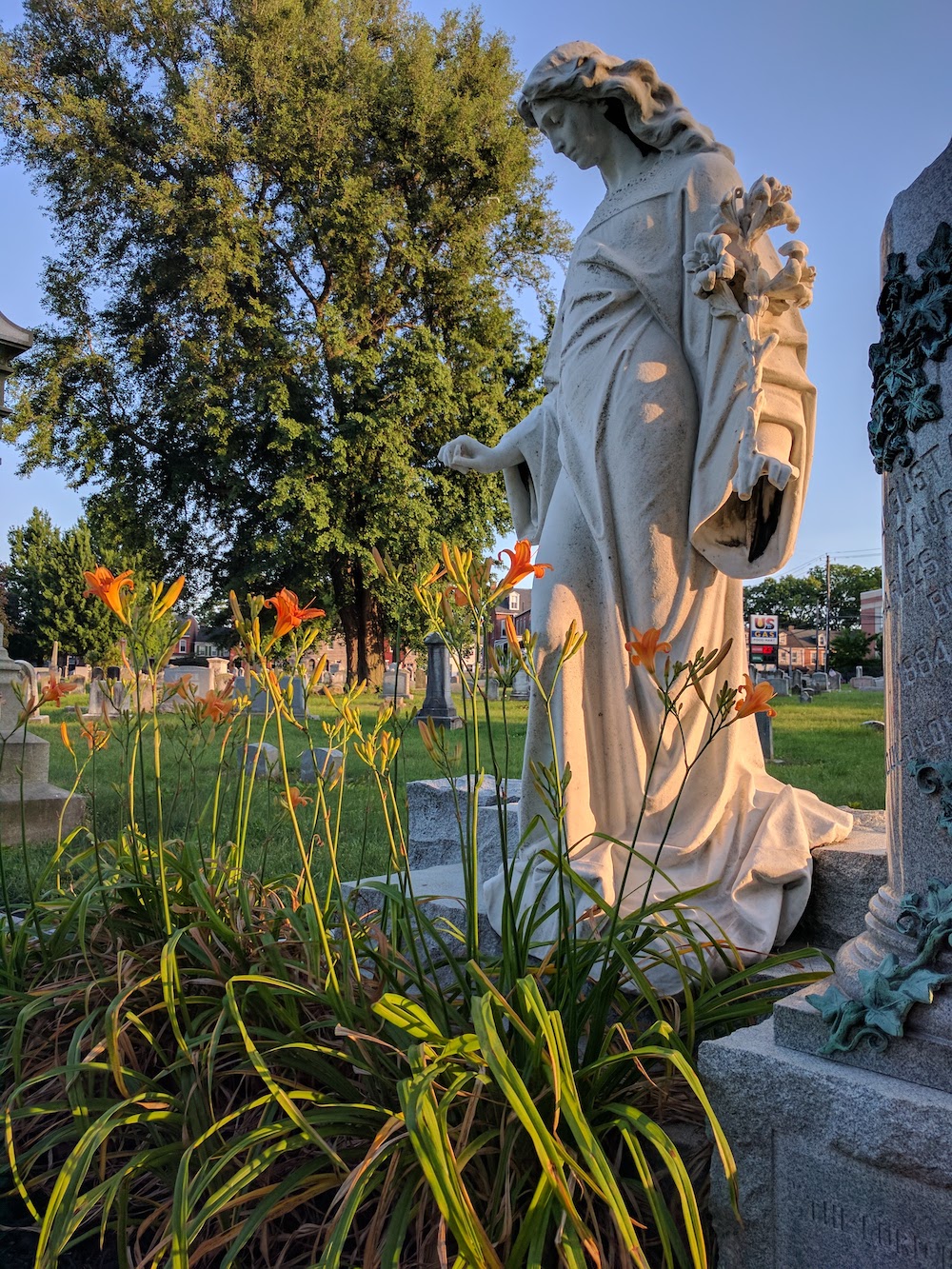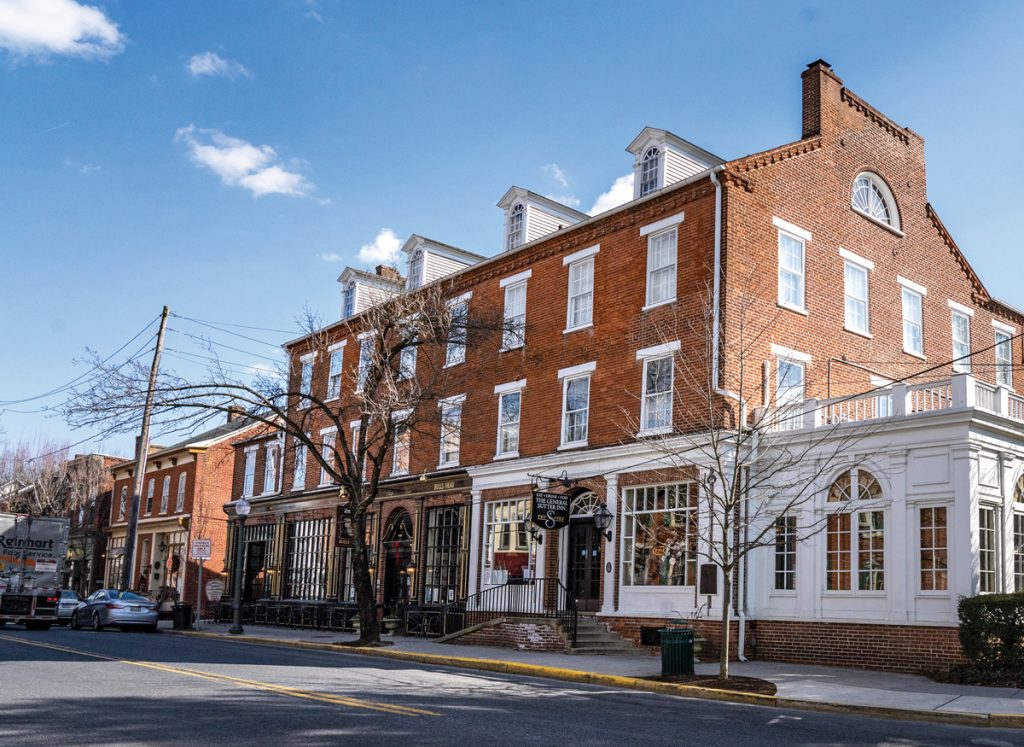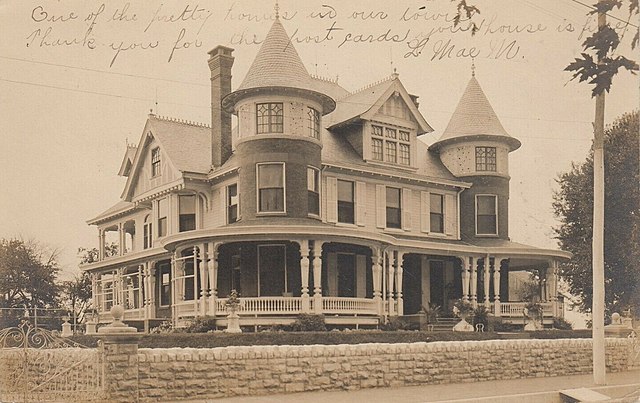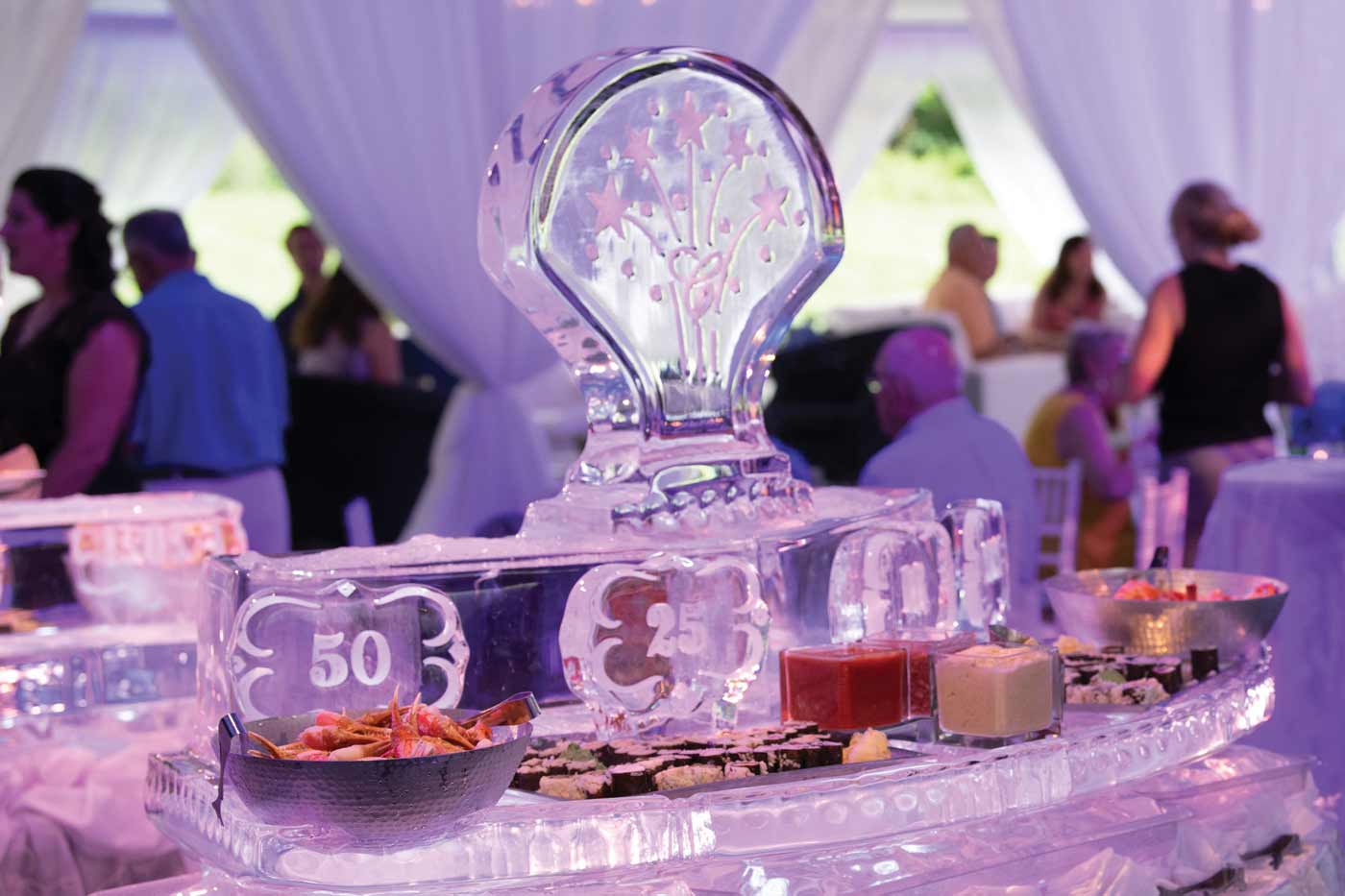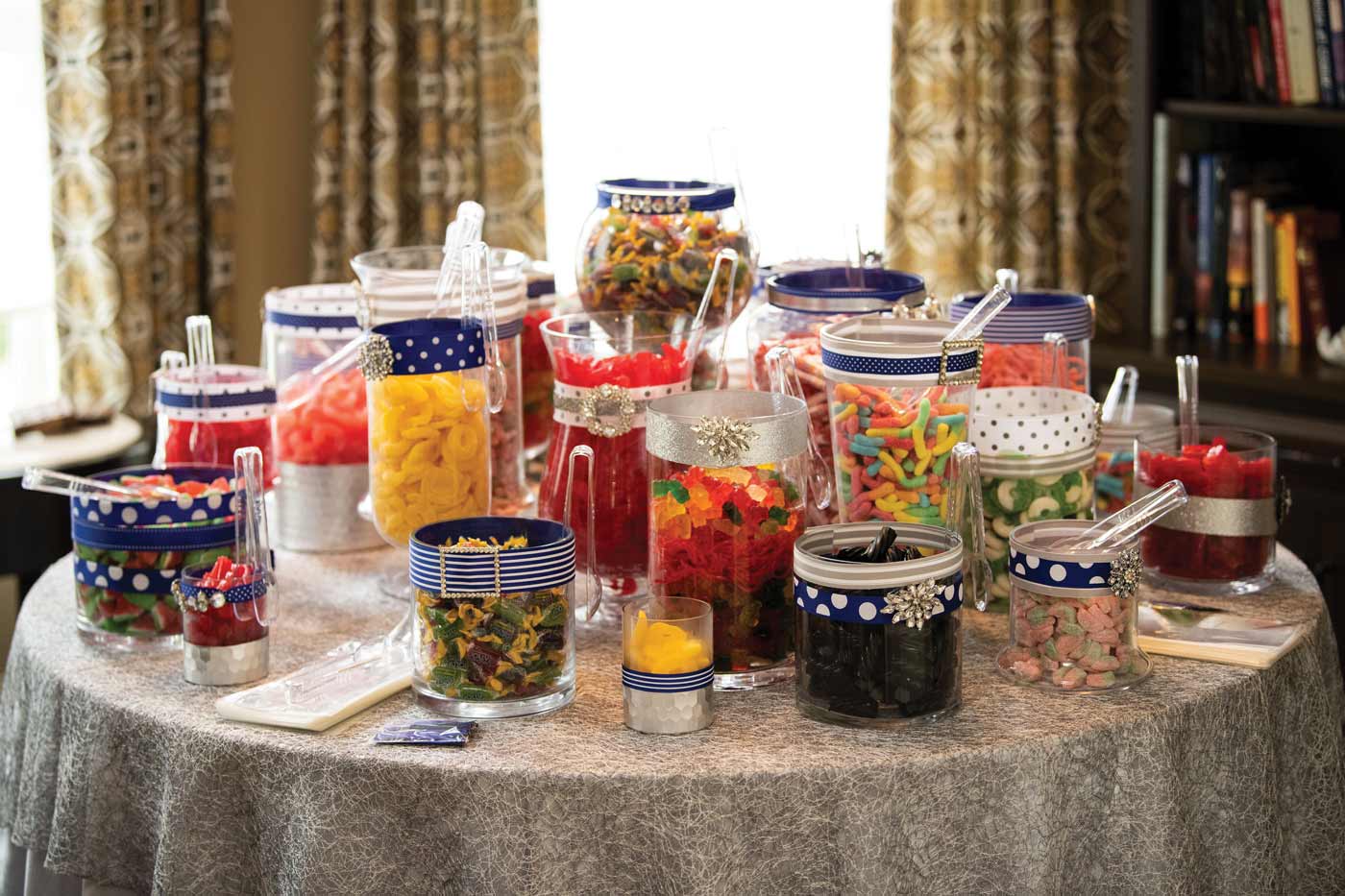Stacey Toomey loves anything that brings what she calls “character” to her home. “I love old, repurposed and vintage … any and all of it,” she says. “I like that there are stories connected to old things.” Most of all, she loves “the thrill of the hunt.”

At holiday time, the neutral color scheme that defines Stacey’s living room is accented with the color green – courtesy of various-sized trees, plants and greenery. The room is illuminated by candles, string lights, lamps and a vintage chandelier.
Stacey’s strategy for holiday decorating centers on formulating a plan that she describes as “Christmas but not necessarily Christmas.” To carry out that strategy, she likes to use color, texture and lighting that not only convey the spirit of the holidays but keep her home looking warm and cozy throughout the winter months.
“Red is my favorite color lately, so that’s been a theme for the last few years,” she explains. Pops of red bring a seasonal note to the neutral color scheme that defines the interior of the house. “I’m just drawn to red when I’m shopping,” Stacey says of such finds as mid-century Skotch Koolers that were once a picnic necessity, vintage thermoses, plaid blankets and throw pillows that add just the right amount of the color to the décor. Natural elements such as fruit (pomegranates and apples) and berries are also utilized. Texture is introduced via the plethora of faux trees – in all shapes and sizes – that add a holiday touch, as well as subtle sparkle throughout winter. “Wherever there’s a gap, add a tree!” has become her mantra.
“This year, I’ve decided to decorate my potting shed for Christmas,” Stacey says of the she-shed her husband, Ron, built for her. “Ron’s creative in his own right,” Stacey shares. “I offer ideas and he knows how to make them work.” Well, make that with the exception of one idea. A few years ago, the idea occurred to Stacey that she could make her dining room more festive by bringing patio-style string lights indoors and have them radiate from the vintage chandelier. “He just didn’t get my vision and said it wouldn’t look right,” she recalls. “He kept avoiding the subject, so, one day last year I came up with a plan and did it myself. He was surprised to see it done when he got home from work!”
Stacey, who works at Henrys’ Farm and Greenhouses in Holtwood, begins thinking about Christmas in October. By the second week of November, she is in full decorating mode. “I really like to intermingle the seasons,” she says of having Halloween transition into Thanksgiving and Christmas blend into the winter season. By early February, she is ready to welcome Easter and spring. Summer is devoted to the stunning gardens that define the property.

An old church pew that Stacey painted holds textured throw pillows and a furry throw. The window sill is lined with poinsettias that echo the living room’s neutral color scheme.
While Stacey and Ron live in a modern-day subdivision, a first-time visitor would be taken aback once they pass through the front door. It appears you’ve stepped into a period farmhouse. “Just about everything is thrifted or secondhand,” she points out. “I like that eclectic, cozy look.” By mixing and constantly editing her finds, Stacey has cultivated a design aesthetic that is anything but predictable.
She credits her mother, Debbie Rhoads, for her creative energy. “My mom loved to decorate. Christmas was a big deal at our house,” she says of the fond holiday memories she has from her childhood. Sewing was another of her mother’s fortes. “I just remember my mom always having something going on from a creative standpoint,” Stacey says. Debbie still loves Christmas and uses her talents to create personalized stockings for new family members.
As for creating new memories, this mom of three is following in her mother’s footsteps. In October, Stacey carried out the role of designing her son’s wedding that took place on a farm in North Carolina. As the wedding and reception employed a vintage theme, Stacey was in her element. “I spent a year collecting vintage glassware that we used on the dining tables,” she explains. She is looking forward to Christmas and making it special for her 1-year-old granddaughter. “It will be so fun this year!” Stacey says.
Stacey’s other idea of fun is shopping for vintage décor and accessories for her home and garden. She names Facebook Marketplace as her go-to source for just about anything. For in-person shopping, she loves to stroll through Tollbooth Antique Marketplace in Columbia. “I find so many treasures there,” she says.

A small sitting room/office at the front of the house is always the last to be decorated. “I use whatever I have leftover to decorate it,” Stacey says. Last year, the “dusting of snow” theme utilized flocked trees and wreaths, snowflakes, ice skates, white houses and a furry throw.
In October, a friend invited her to go to the famous Lucketts Spring Market in Berryville, Virginia, that features more than 200 of the best “vintage hip” vendors on the East Coast. The market, which is held in the spring but was postponed until fall this year, is an outgrowth of The Old Lucketts Store, which is home to more than 35 dealers specializing in vintage. A Holiday Design House is held in November/December as well. “I’ve been wanting to go for years and a friend happened to have an extra ticket,” she says of her good fortune. Also on her radar are the Brimfield Antique Market in Massachusetts and The Original Round Top Antiques Fair in Texas.
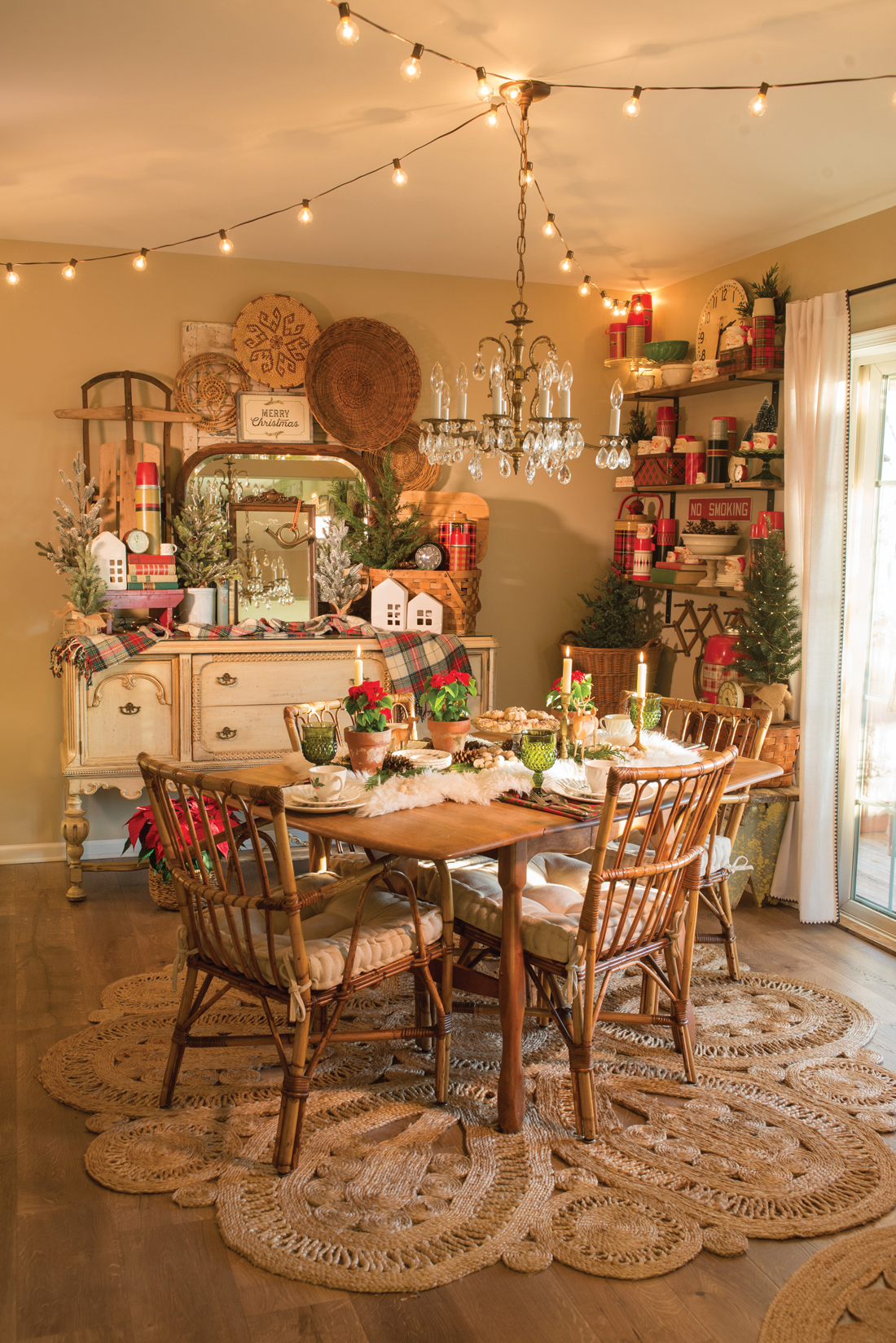
On the Cover: Kirk Zutell photographed Stacey Toomey’s dining room that exemplifies her talents for incorporating finds and DIY projects into her home’s décor.
Oh, yes. There is one more goal on her to-do list. “I’d love to buy an old house,” she says.
Follow Stacey on Instagram @Stac.2me.

